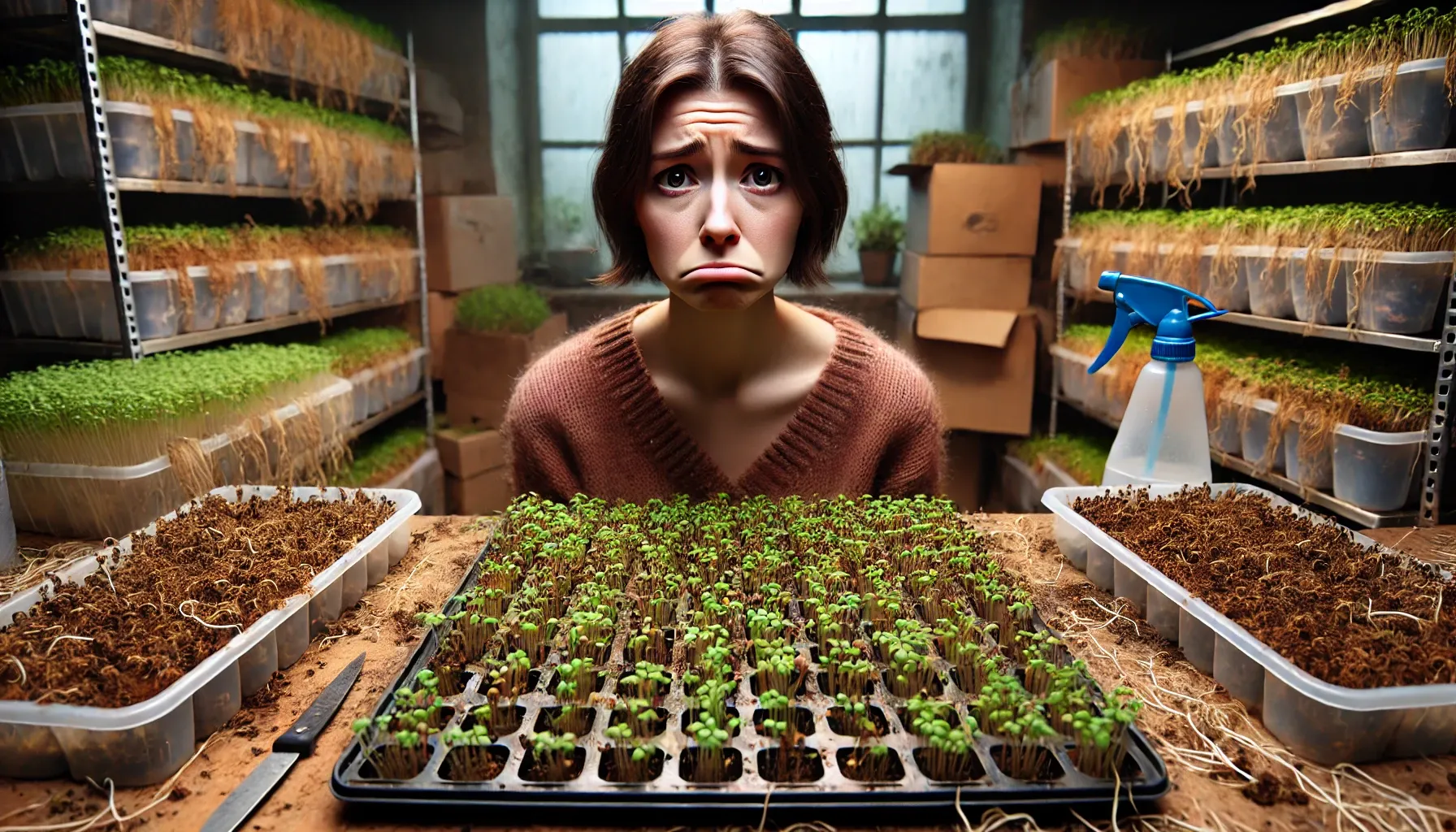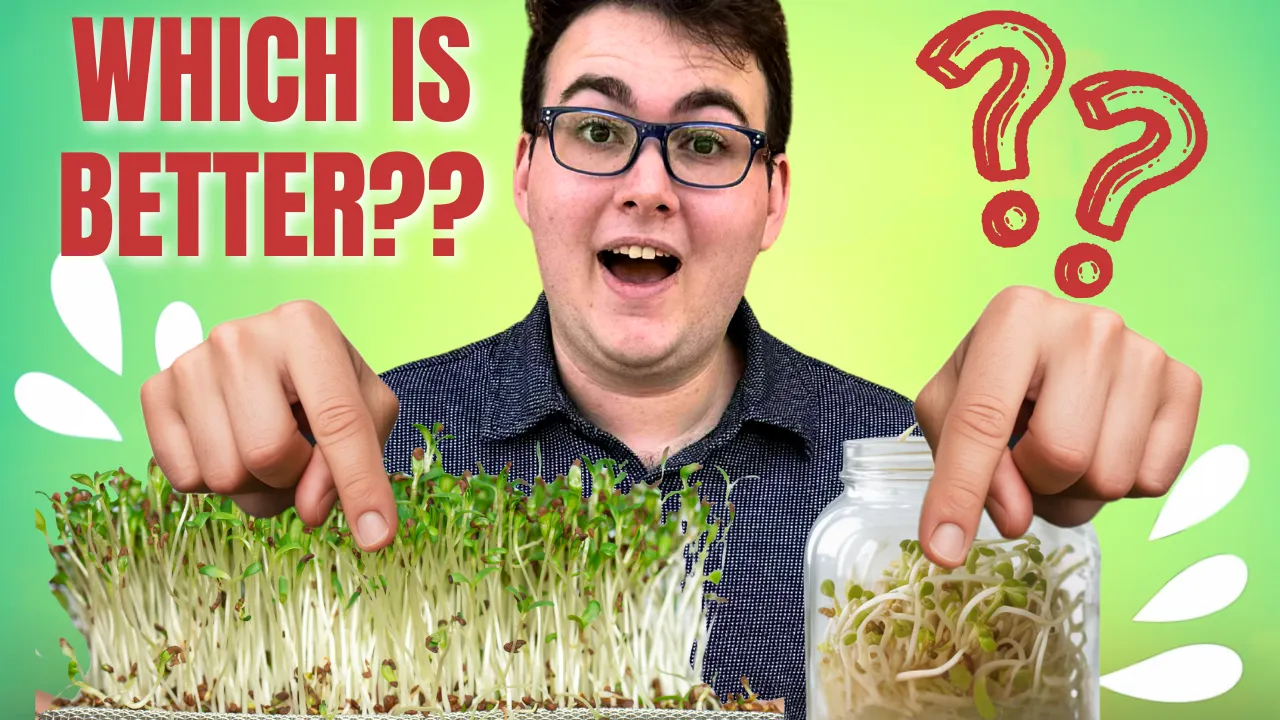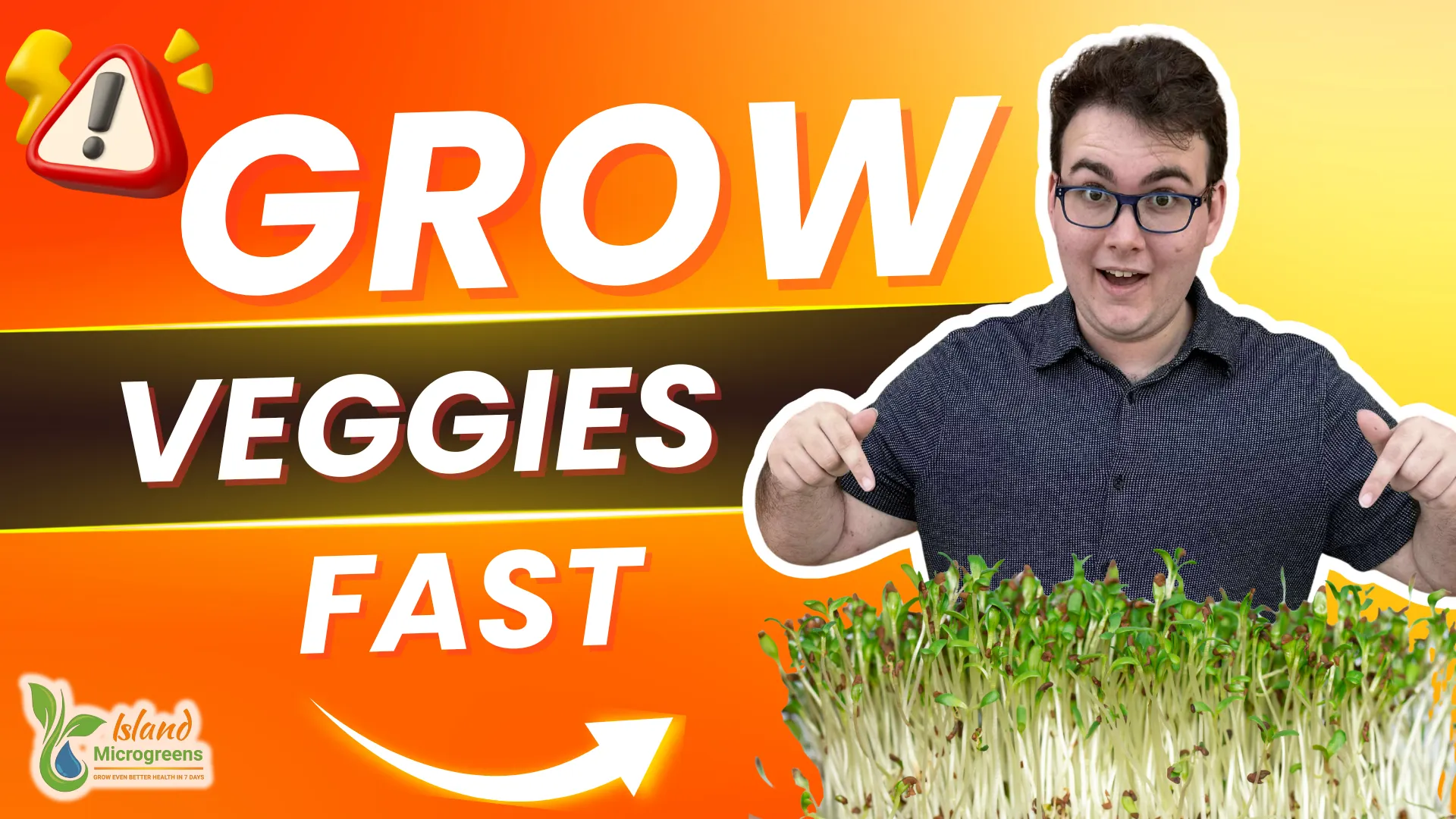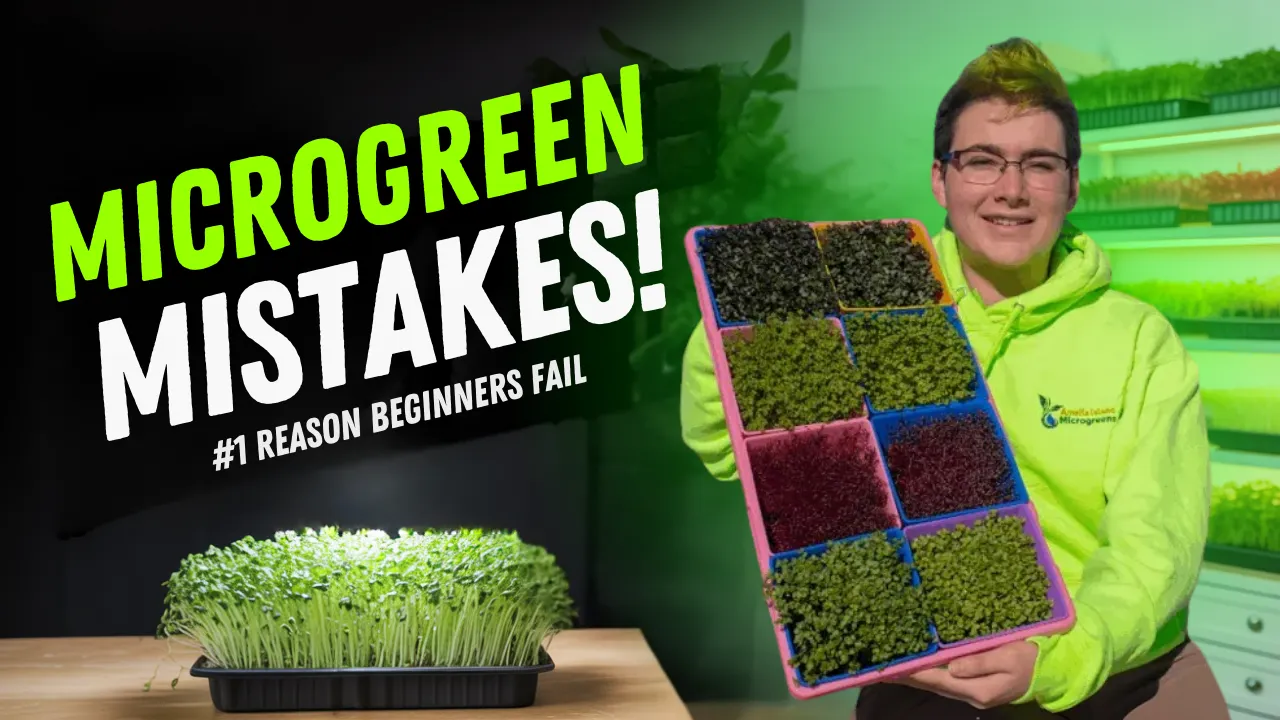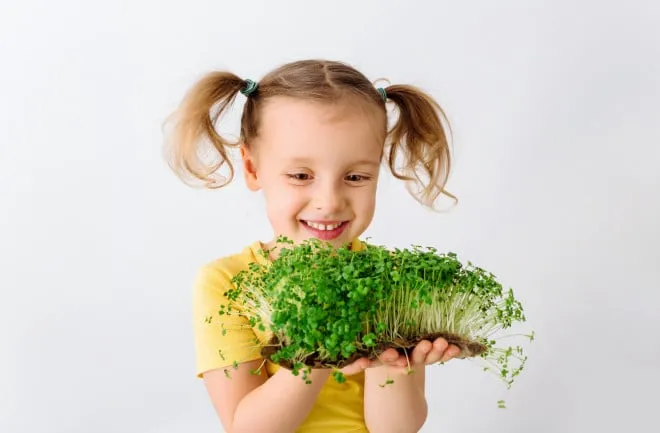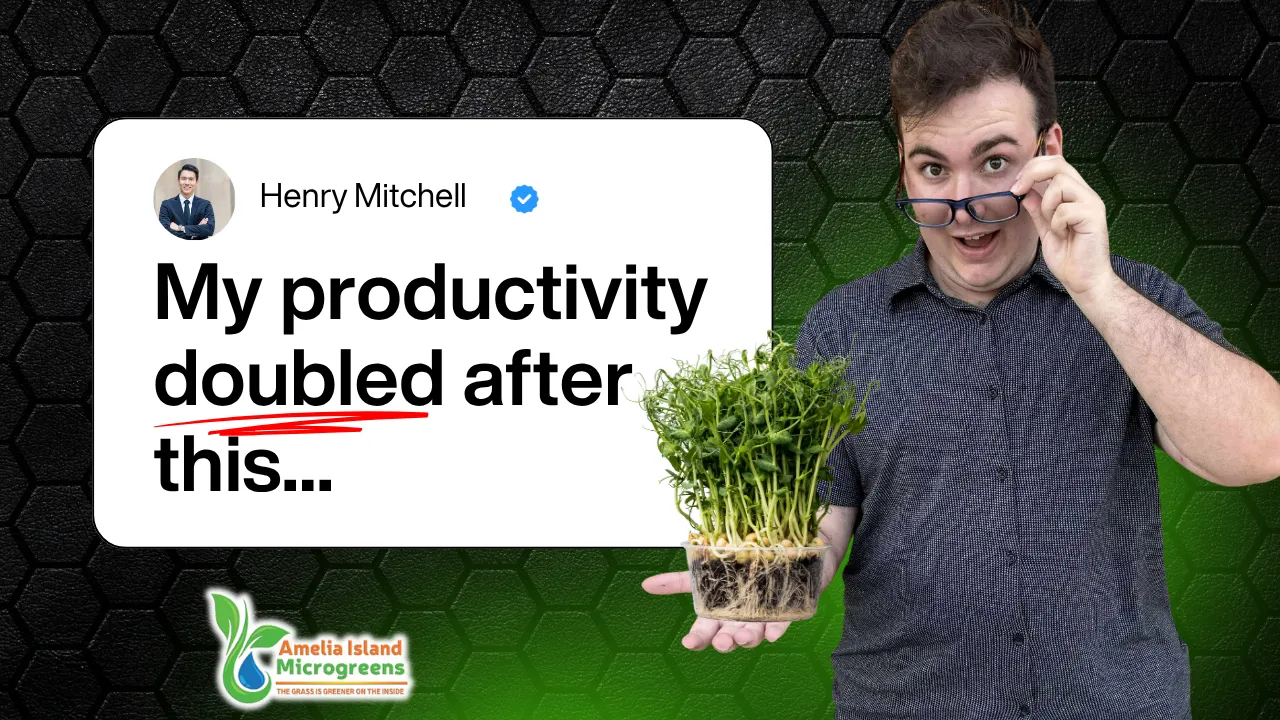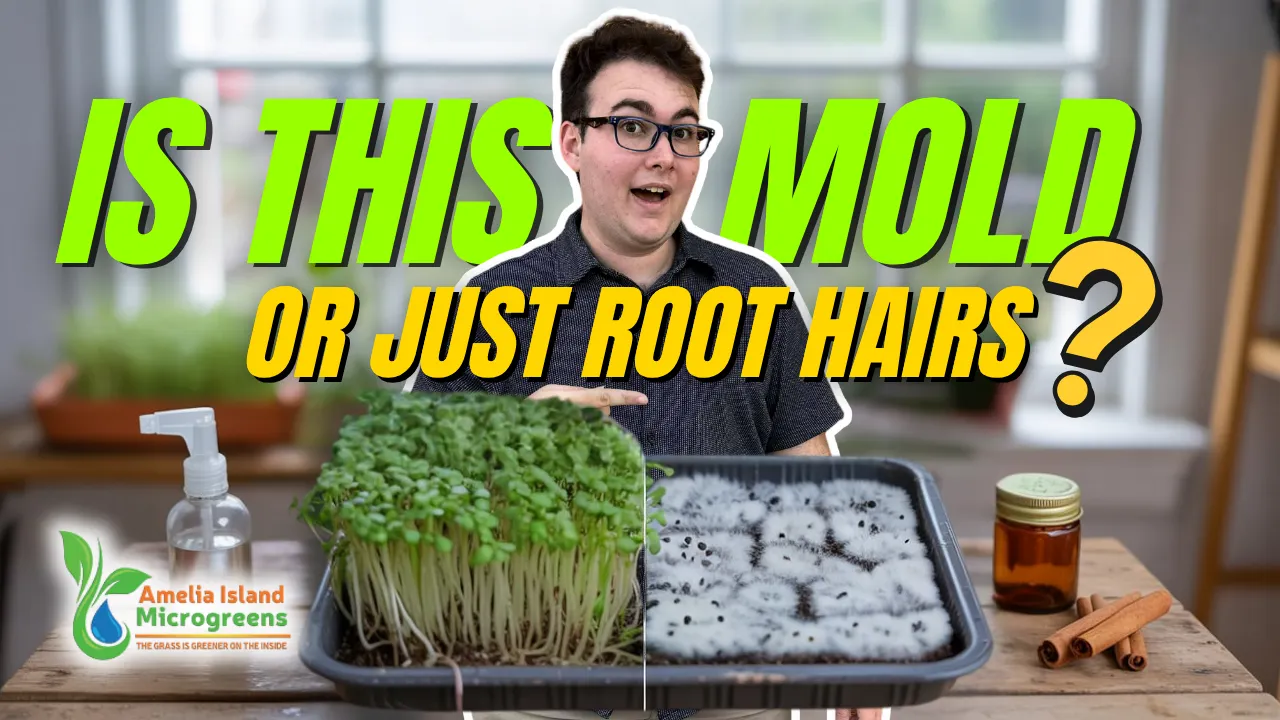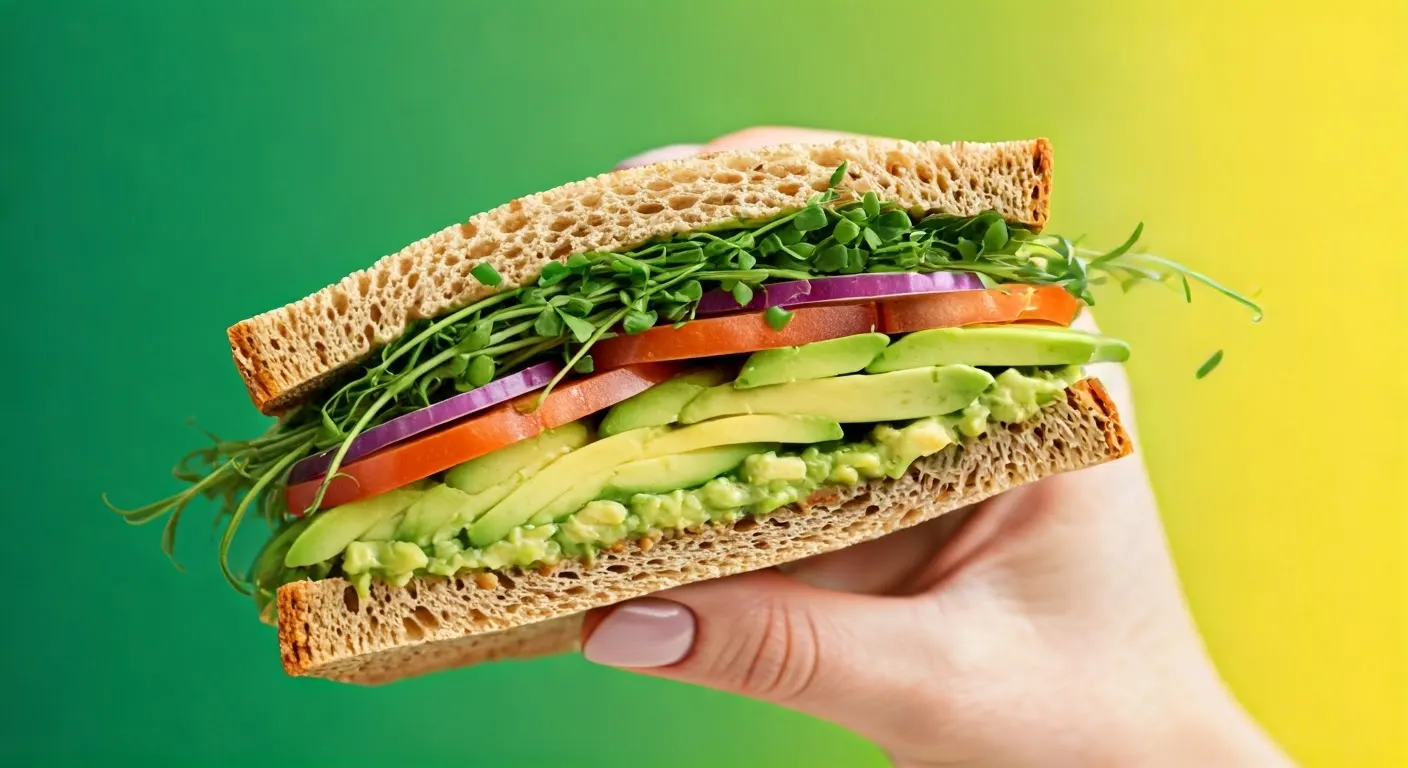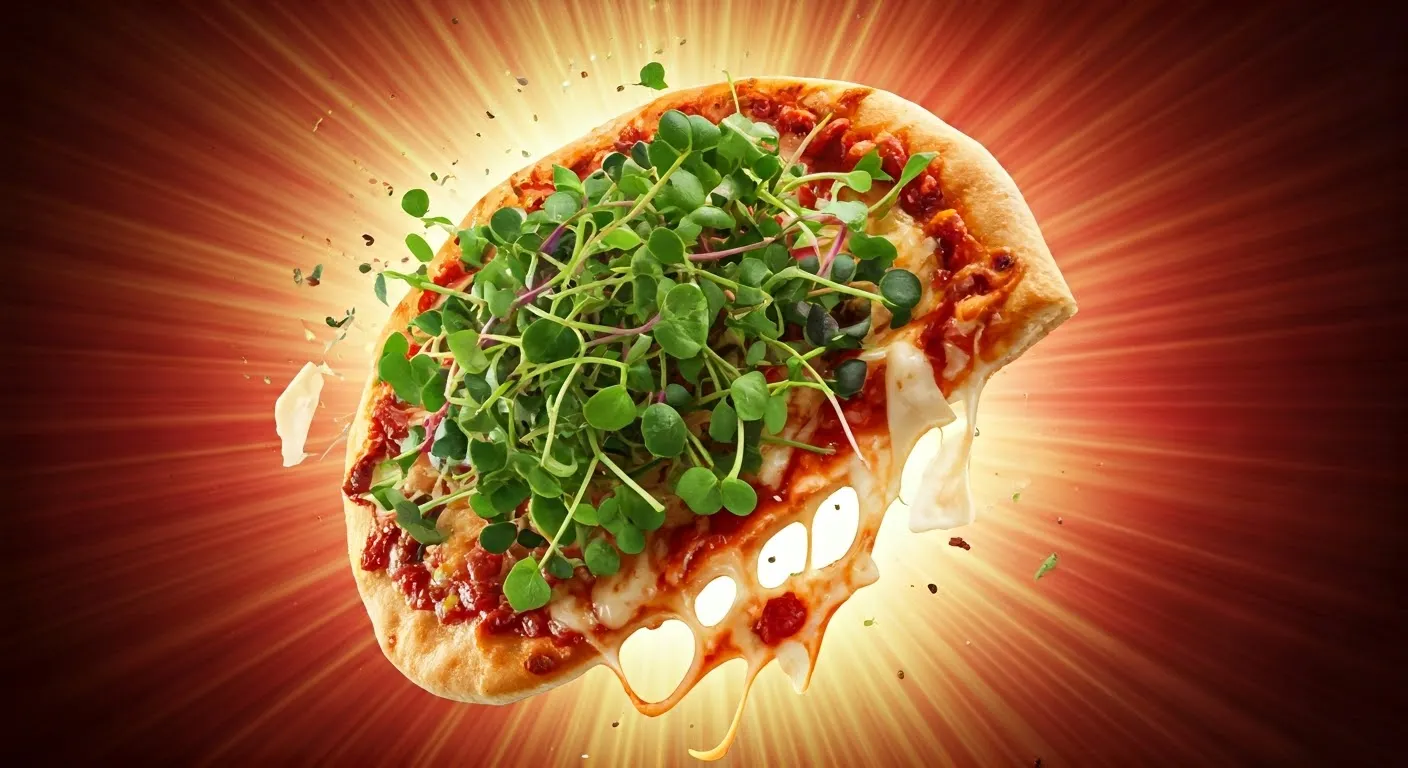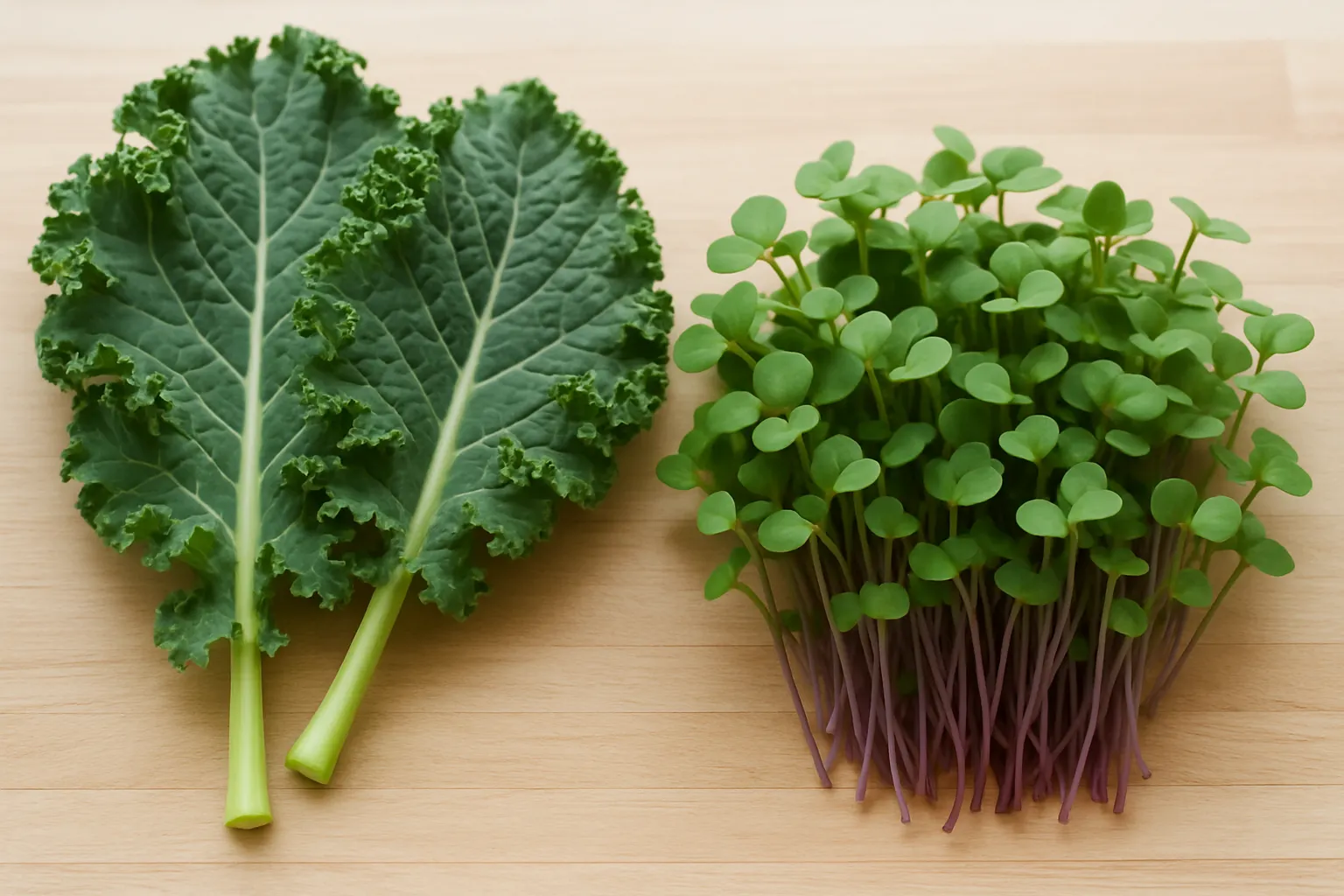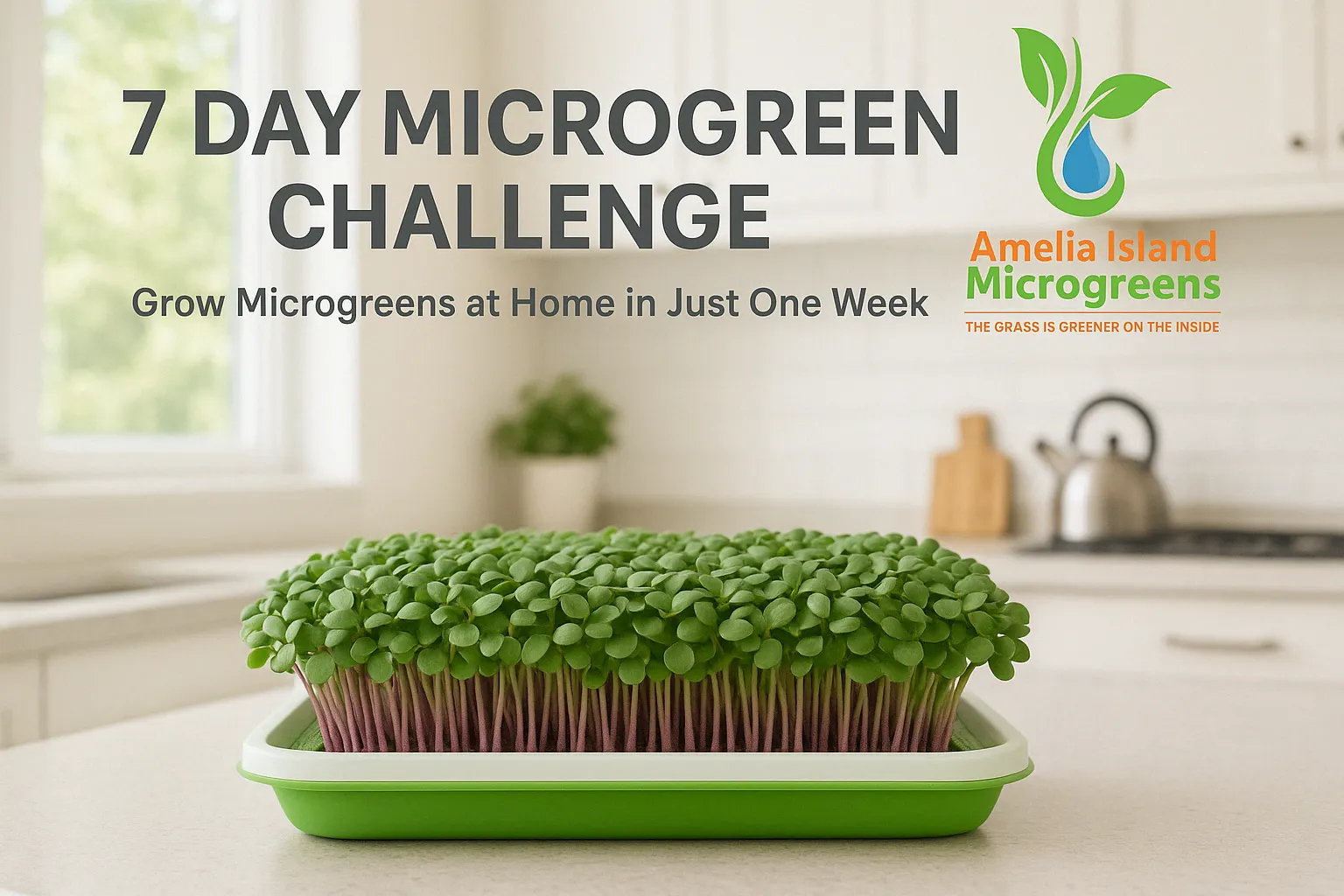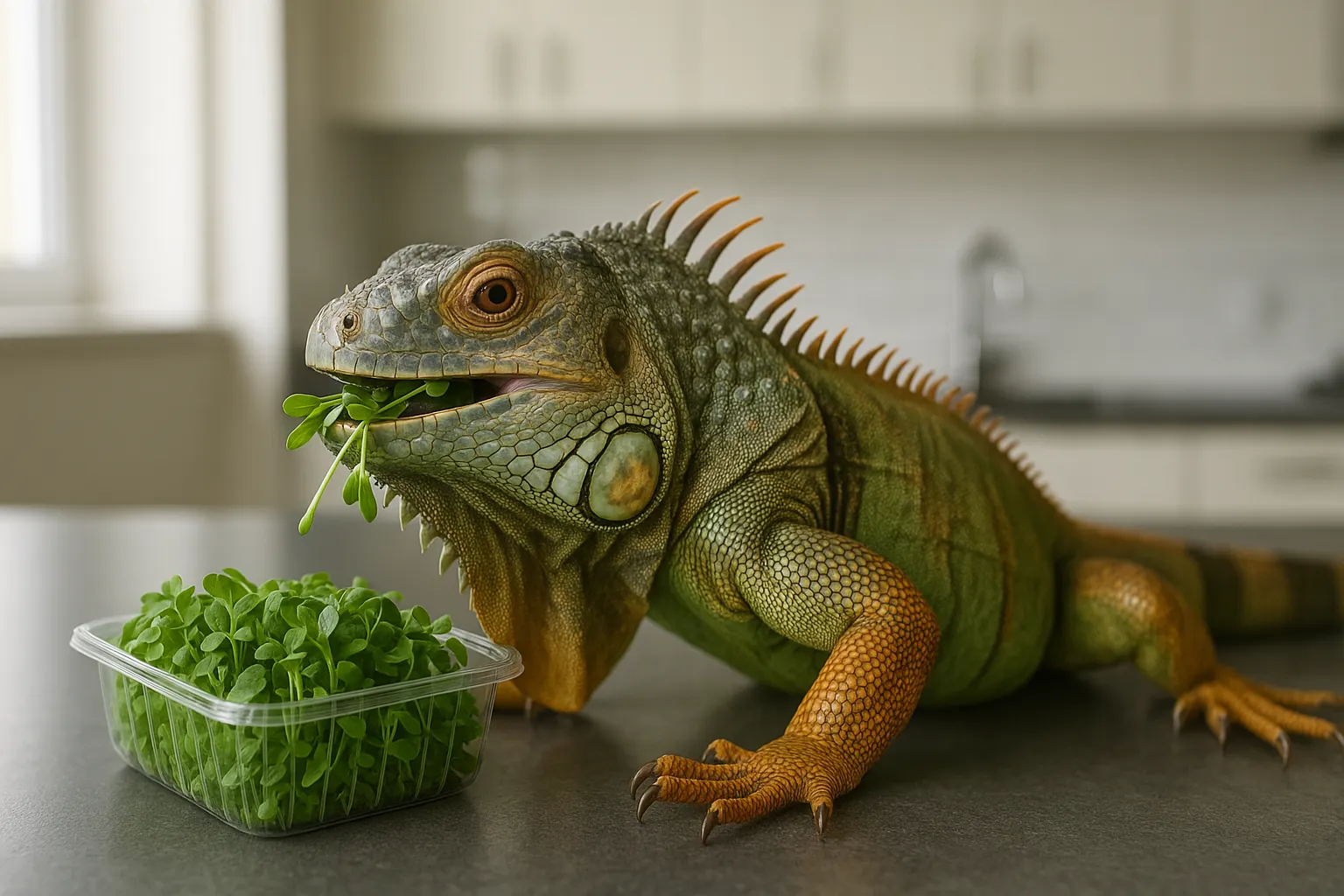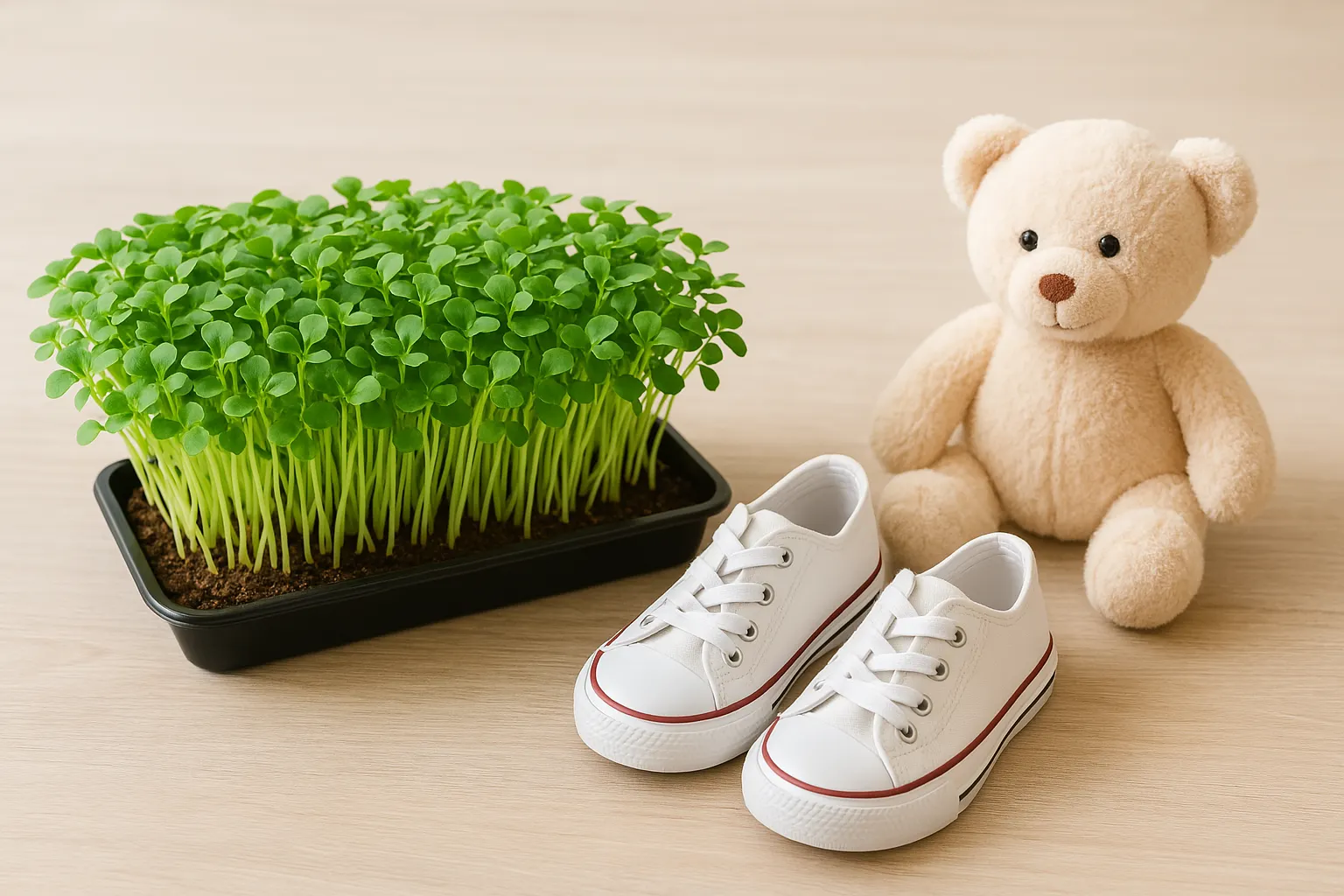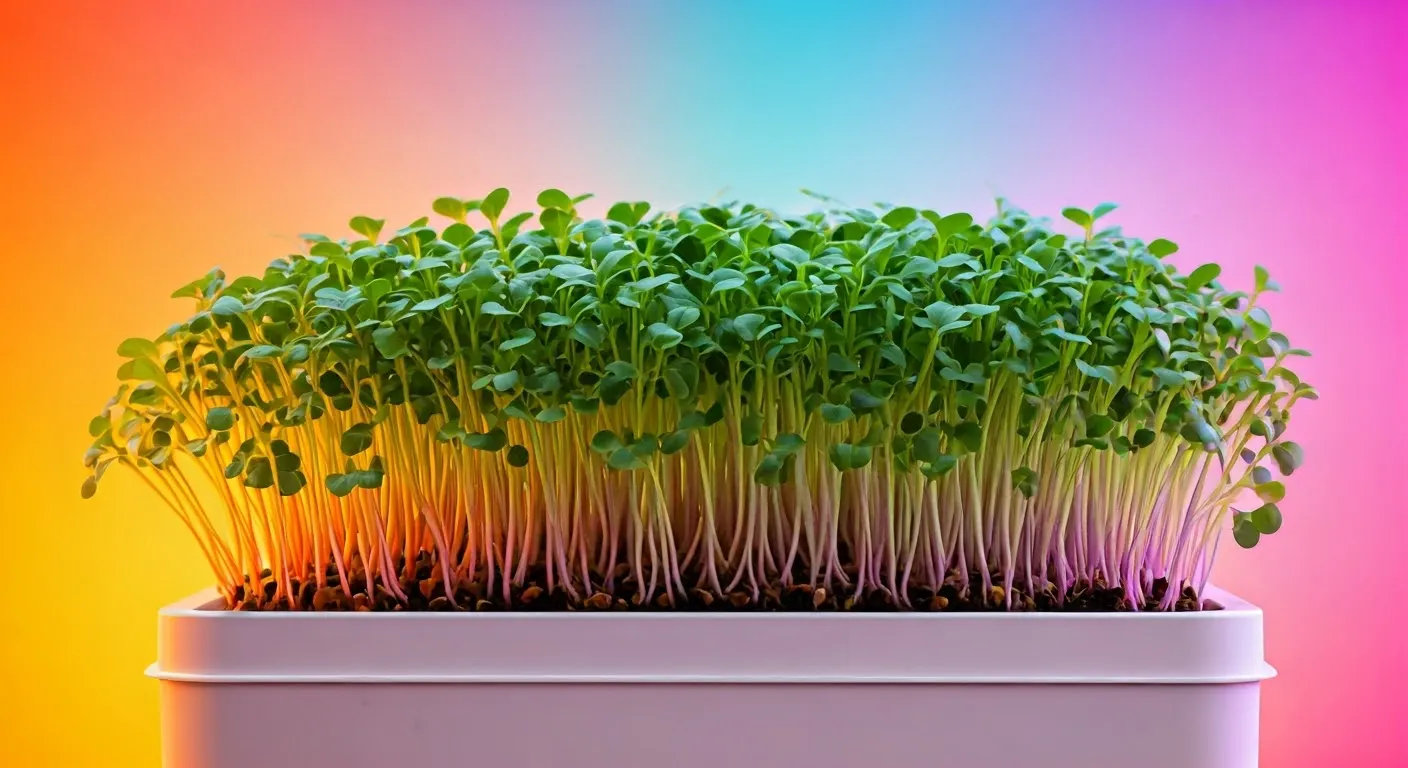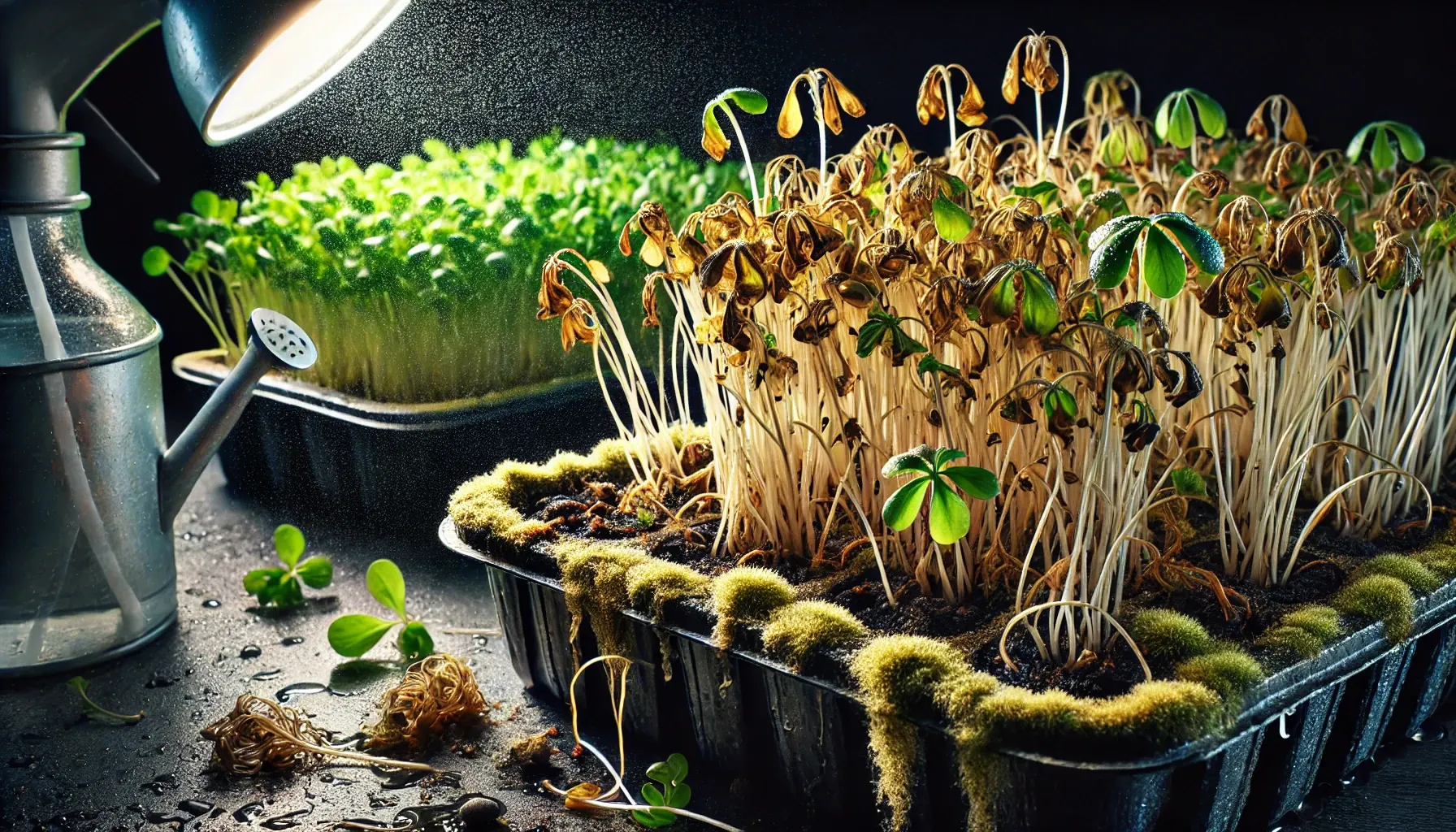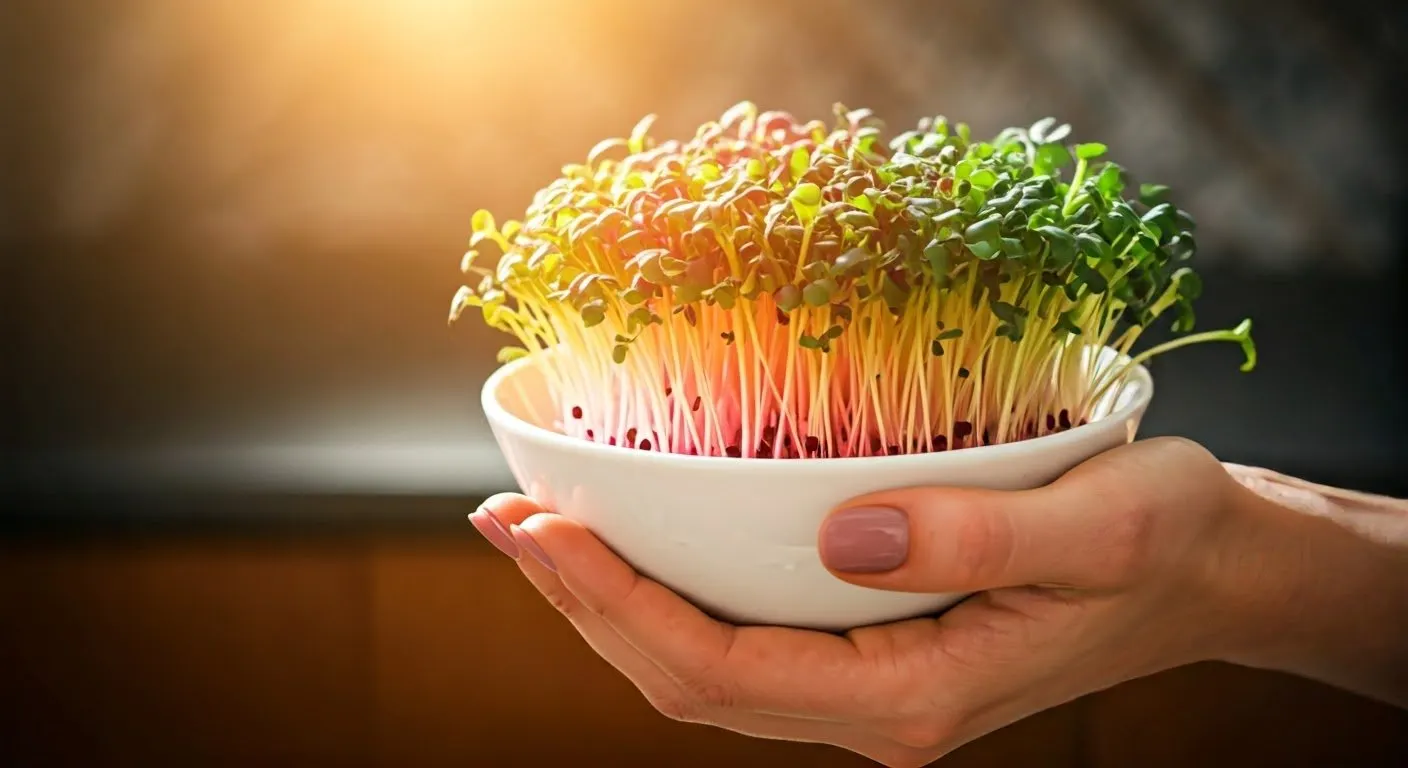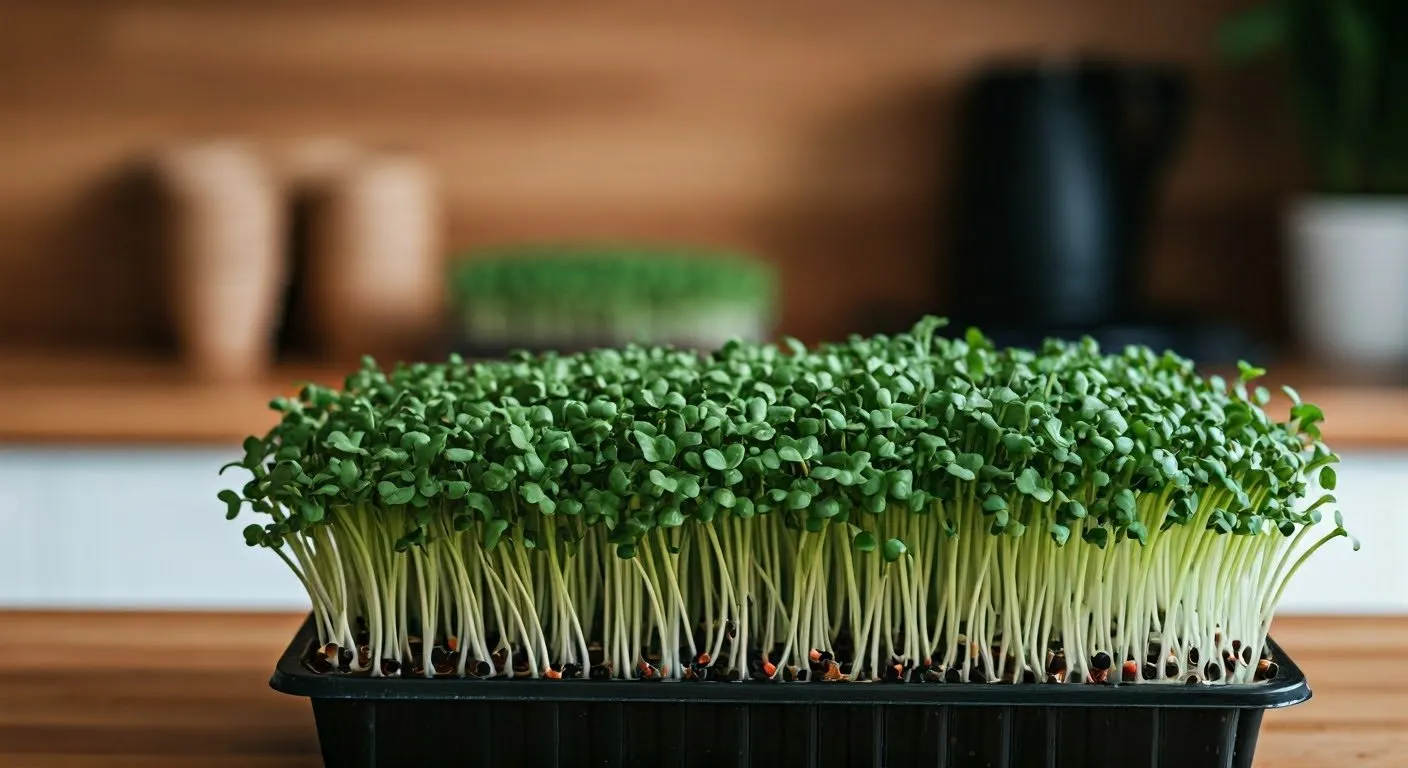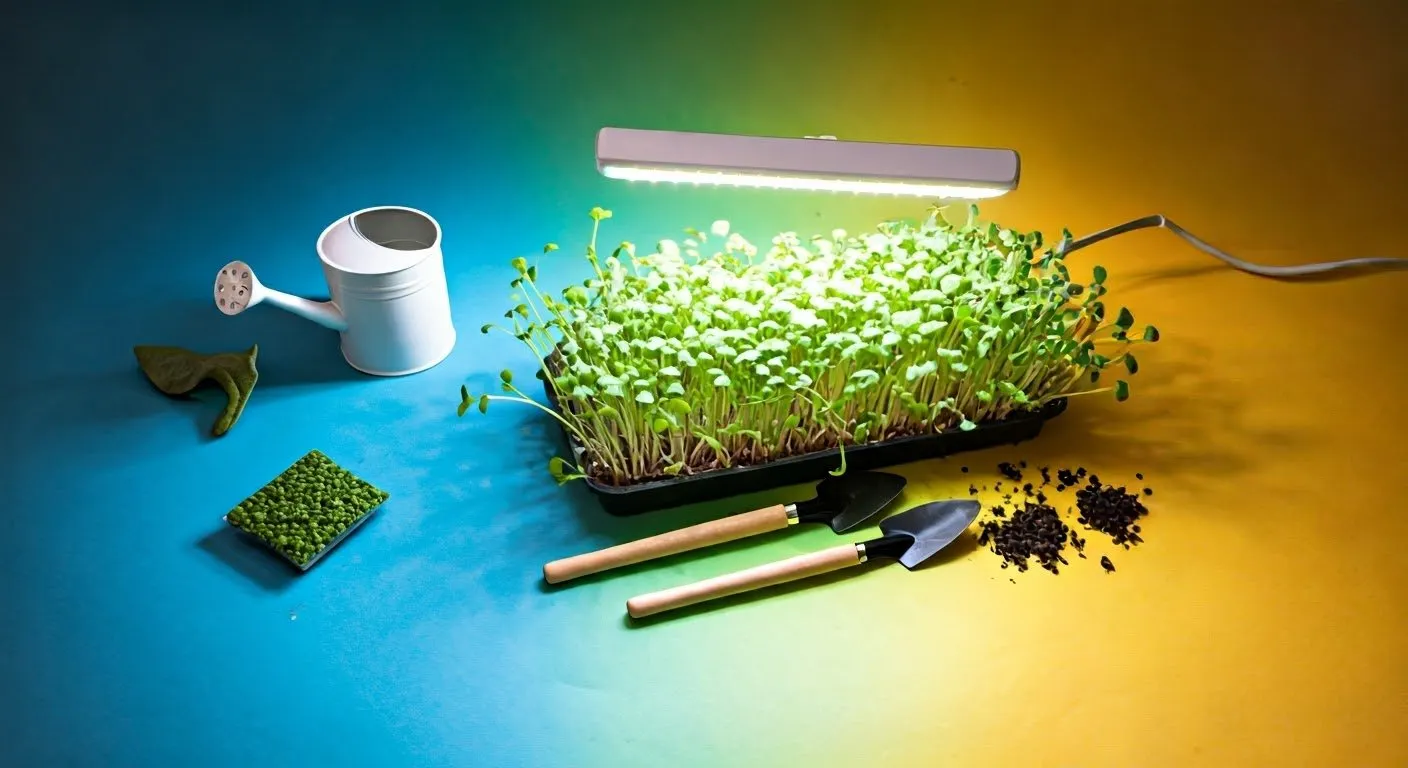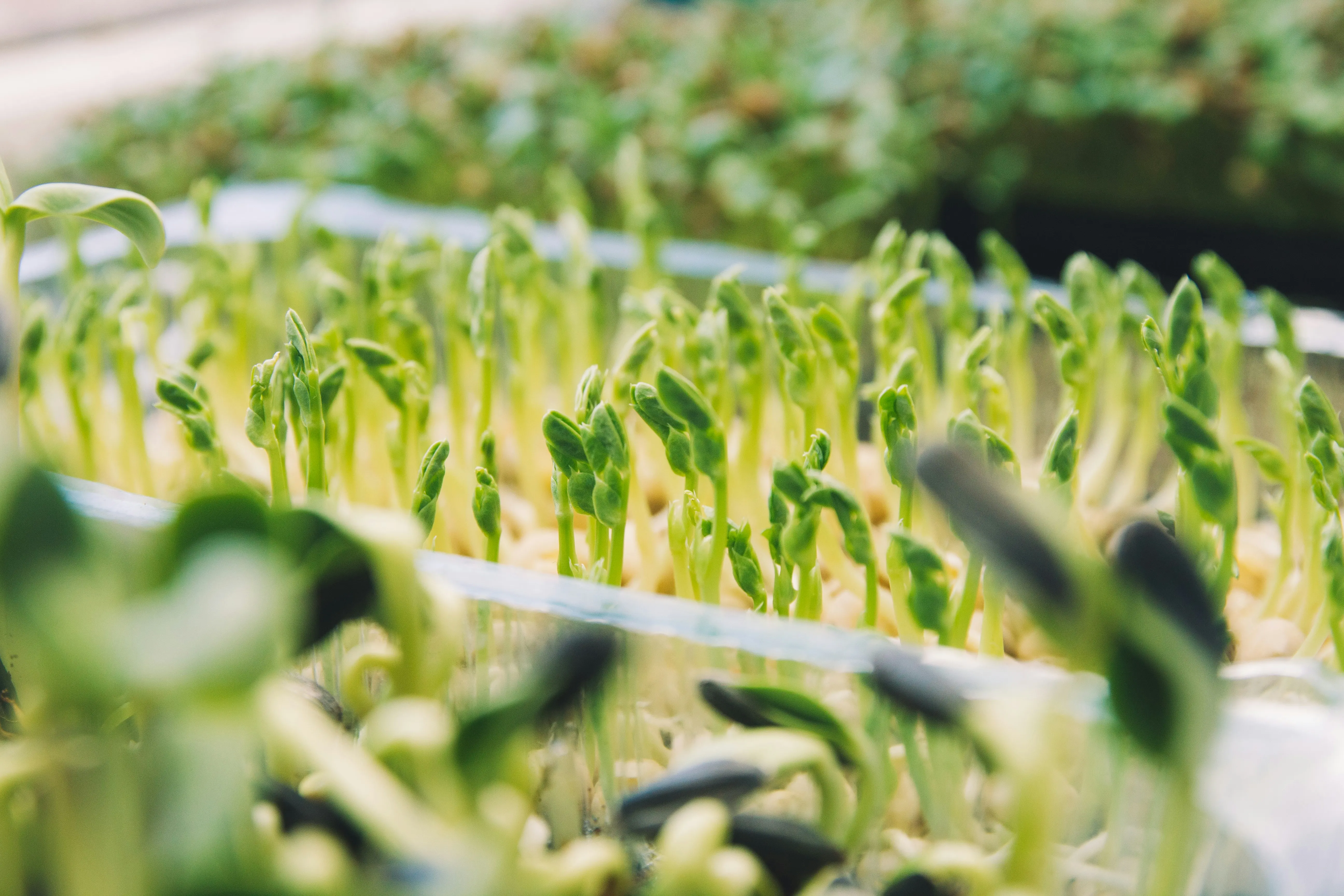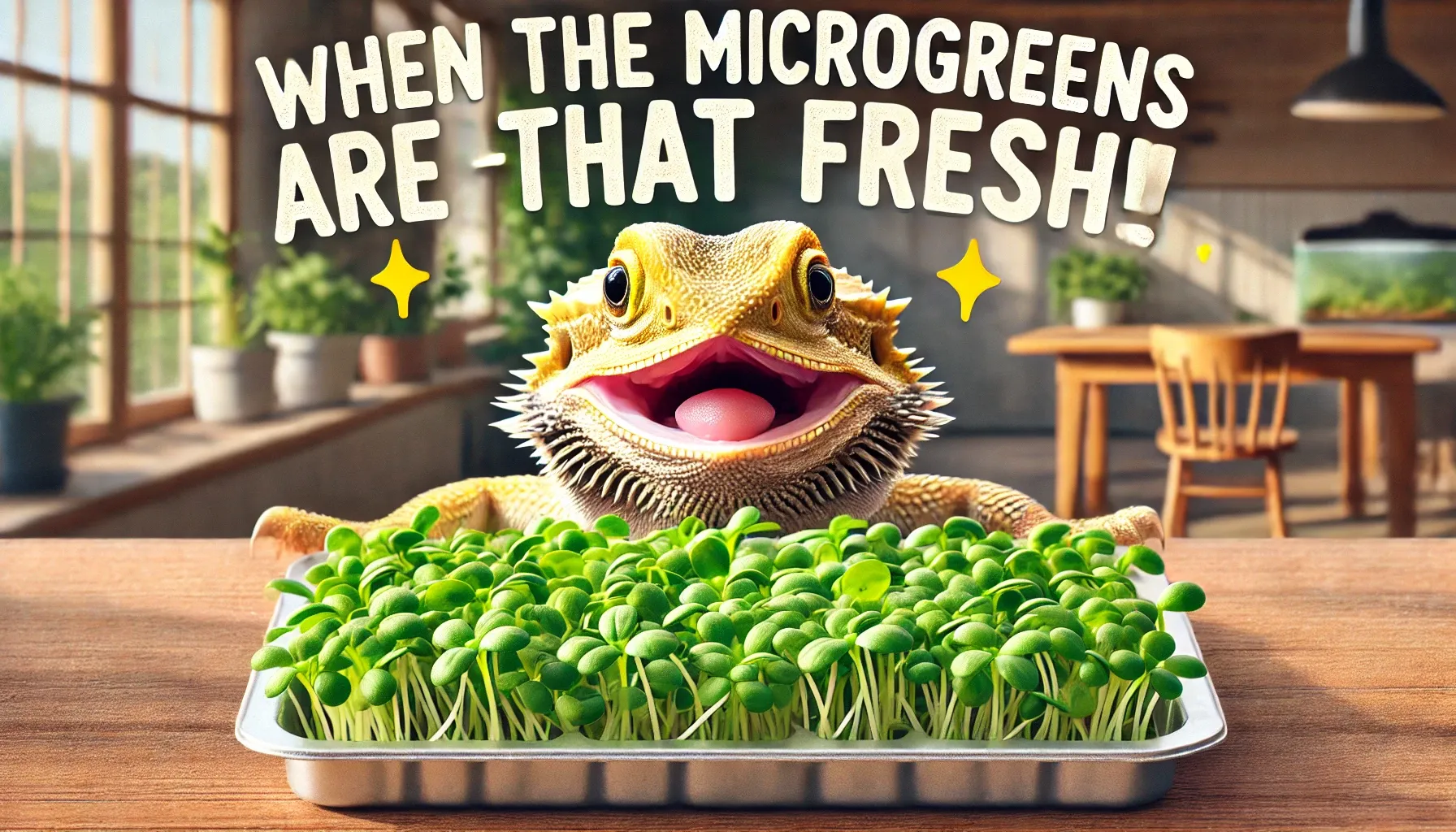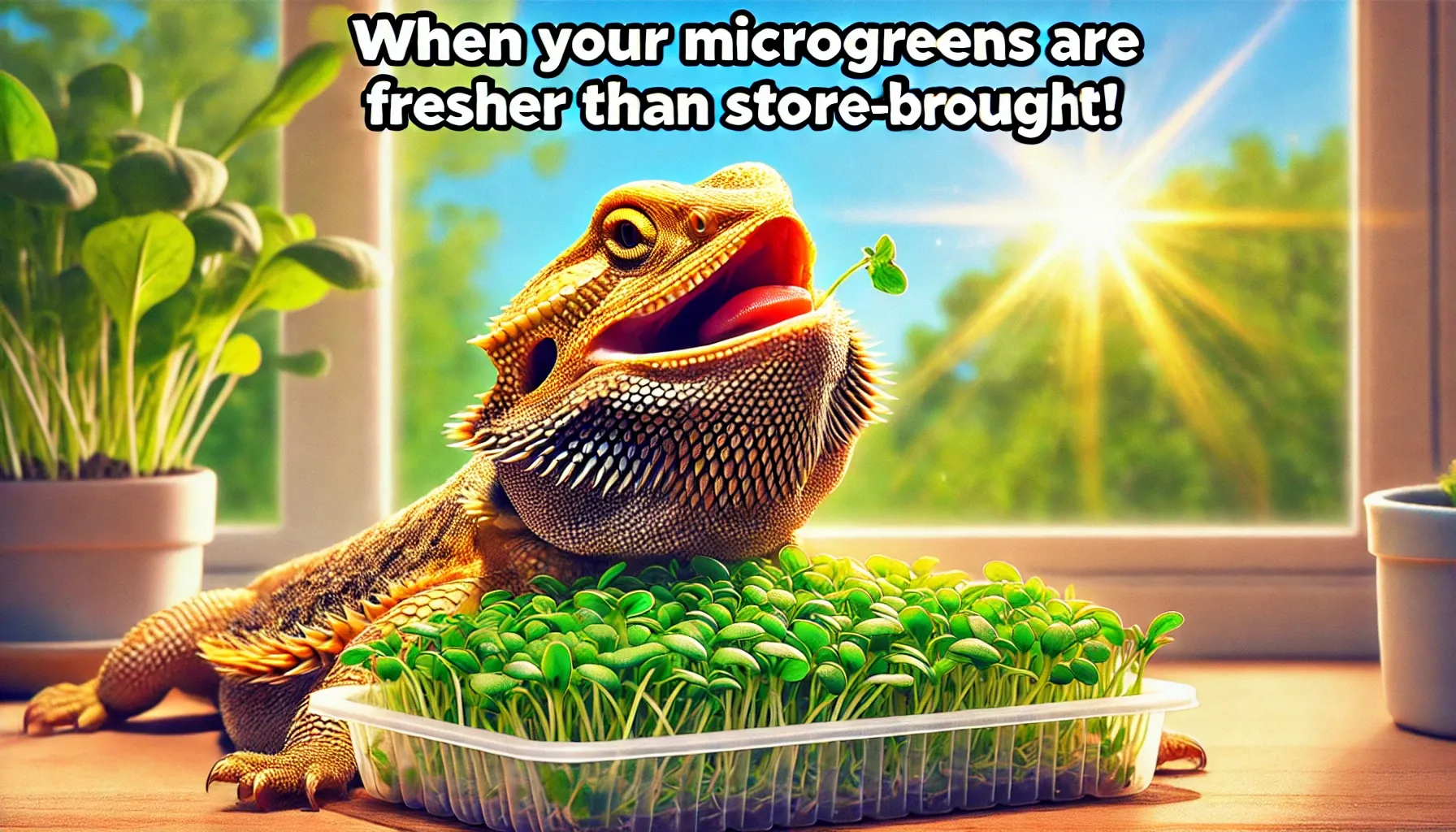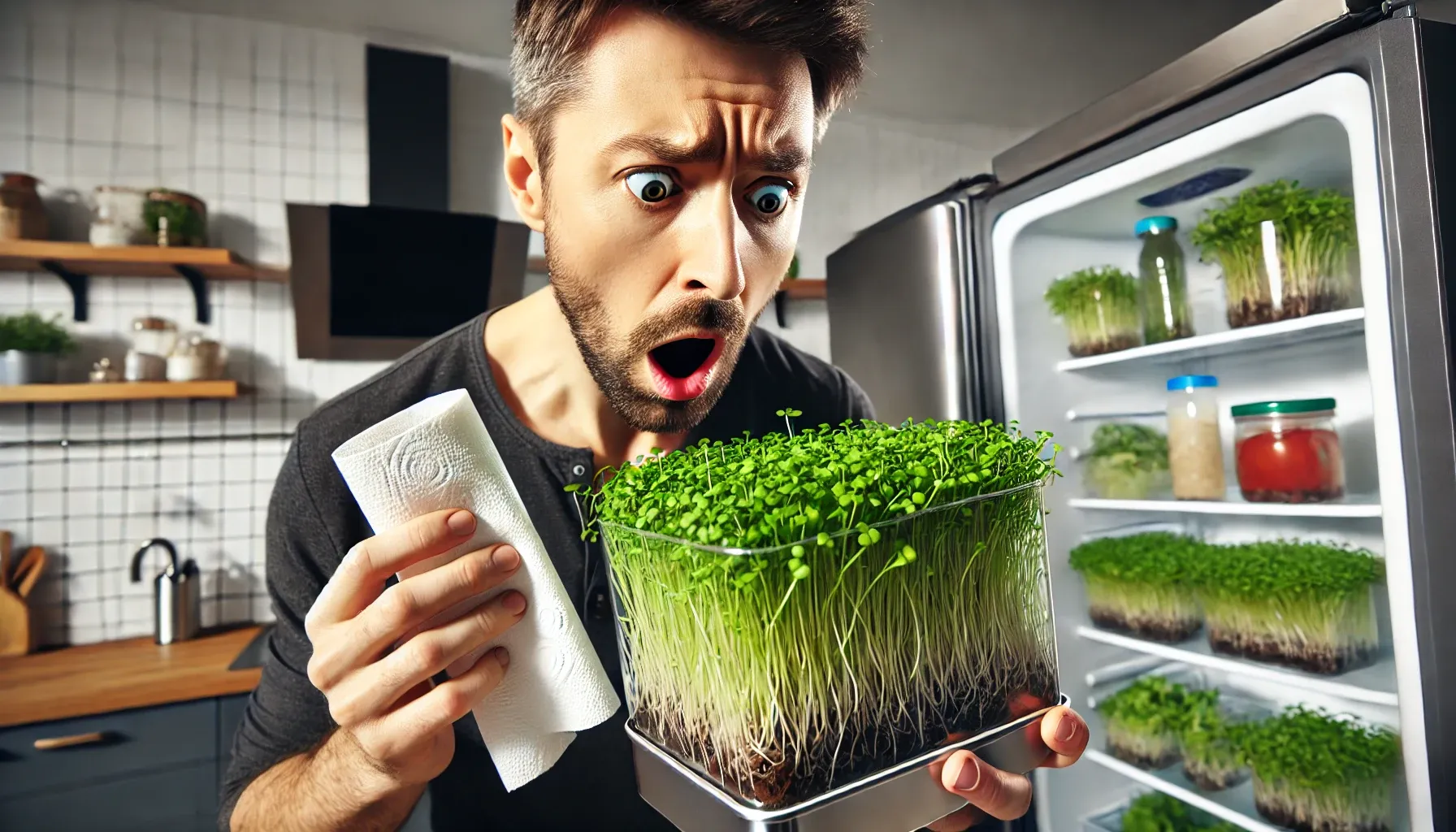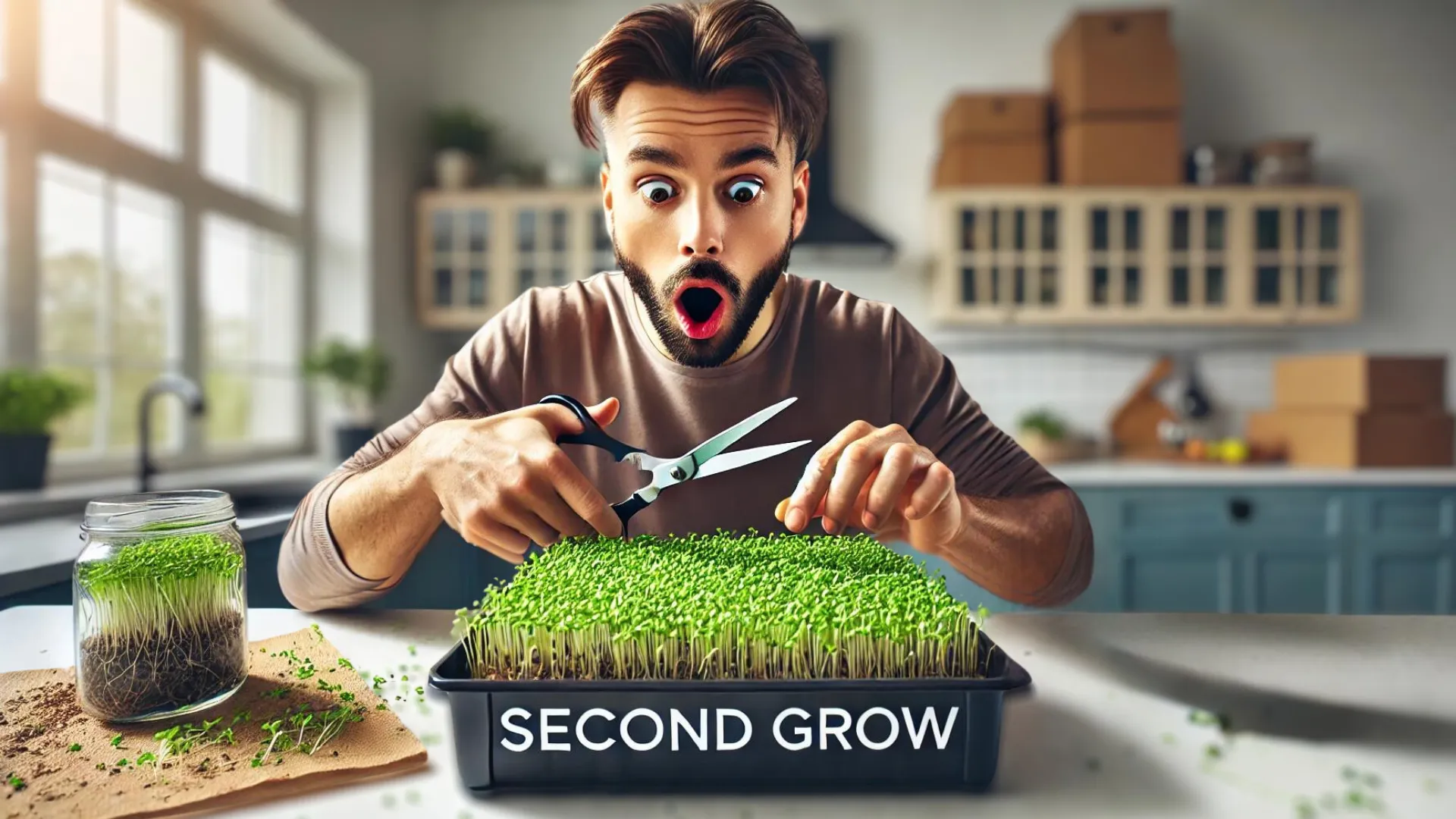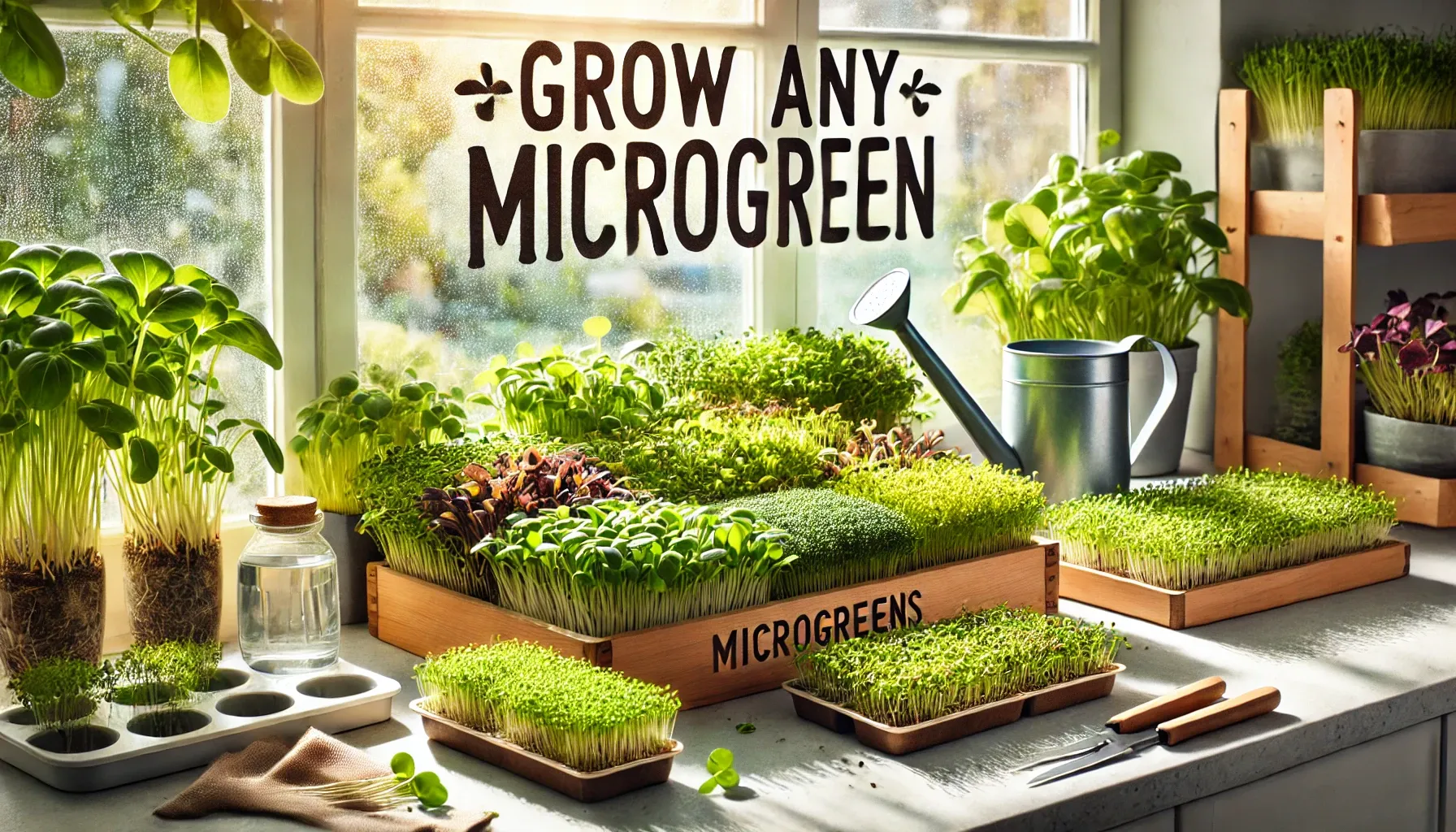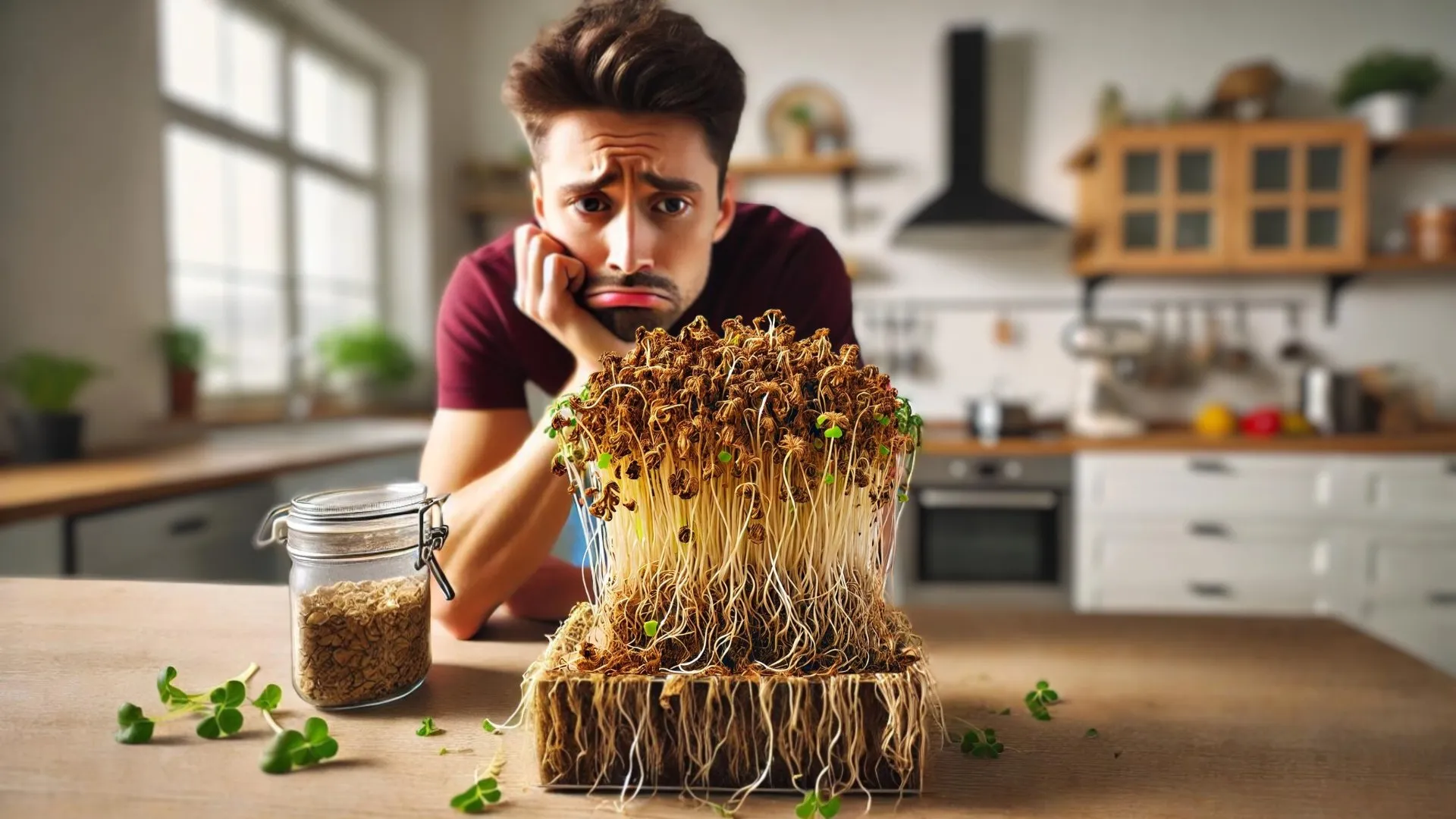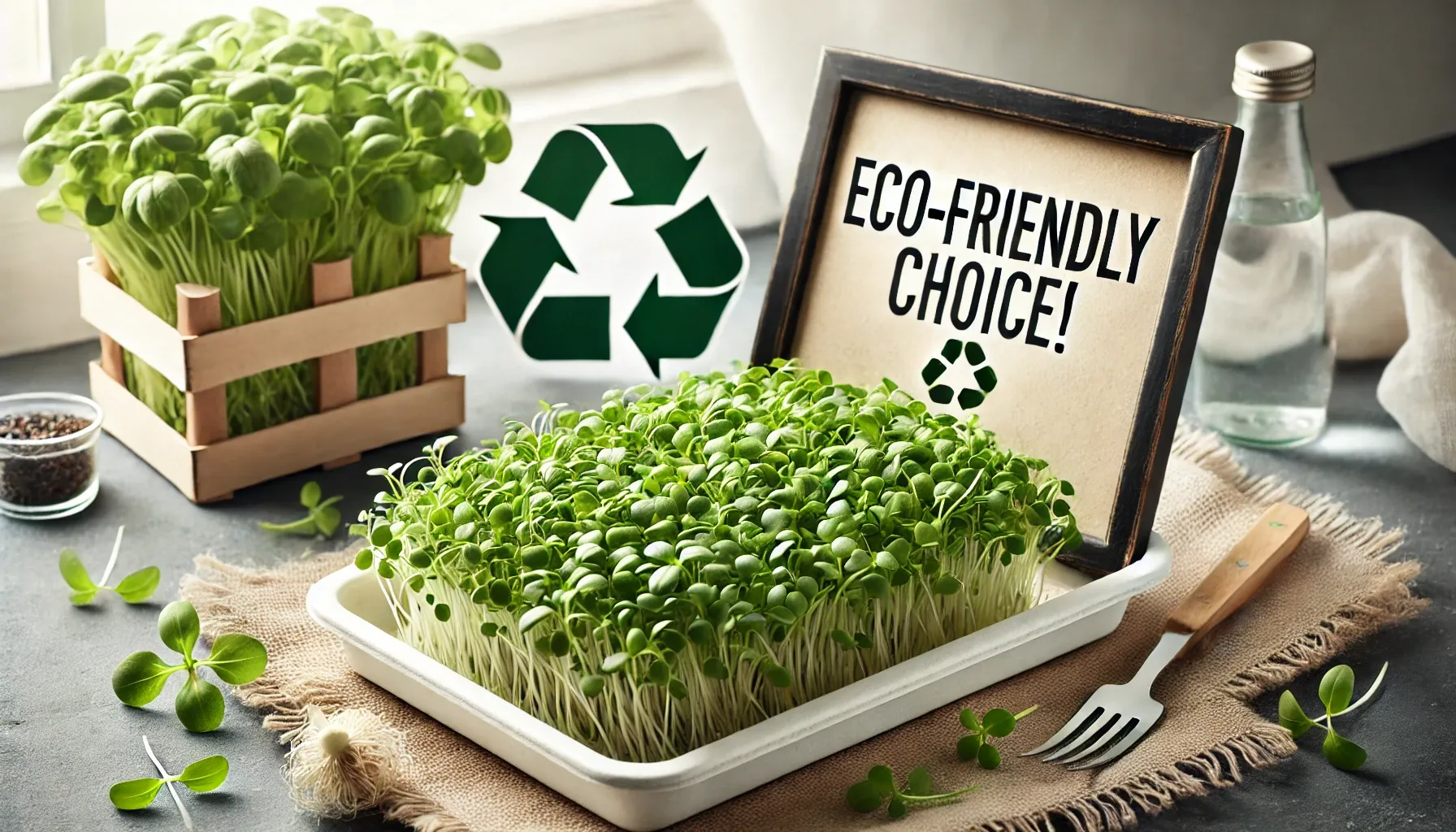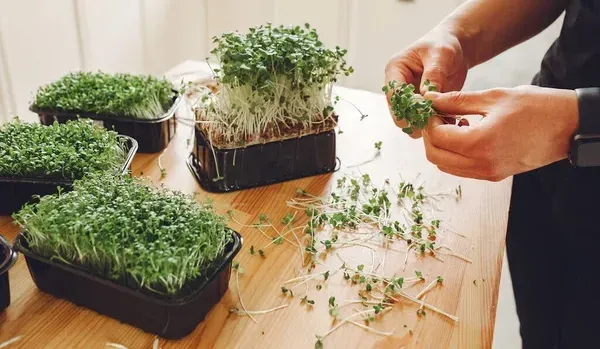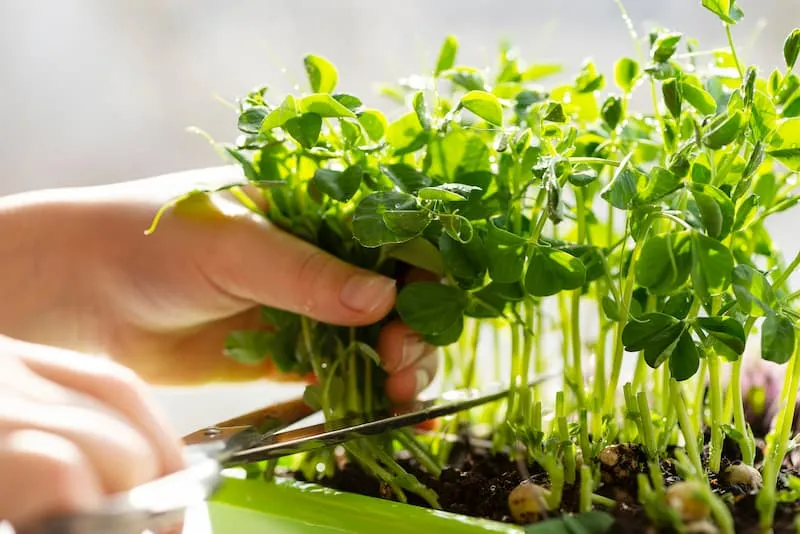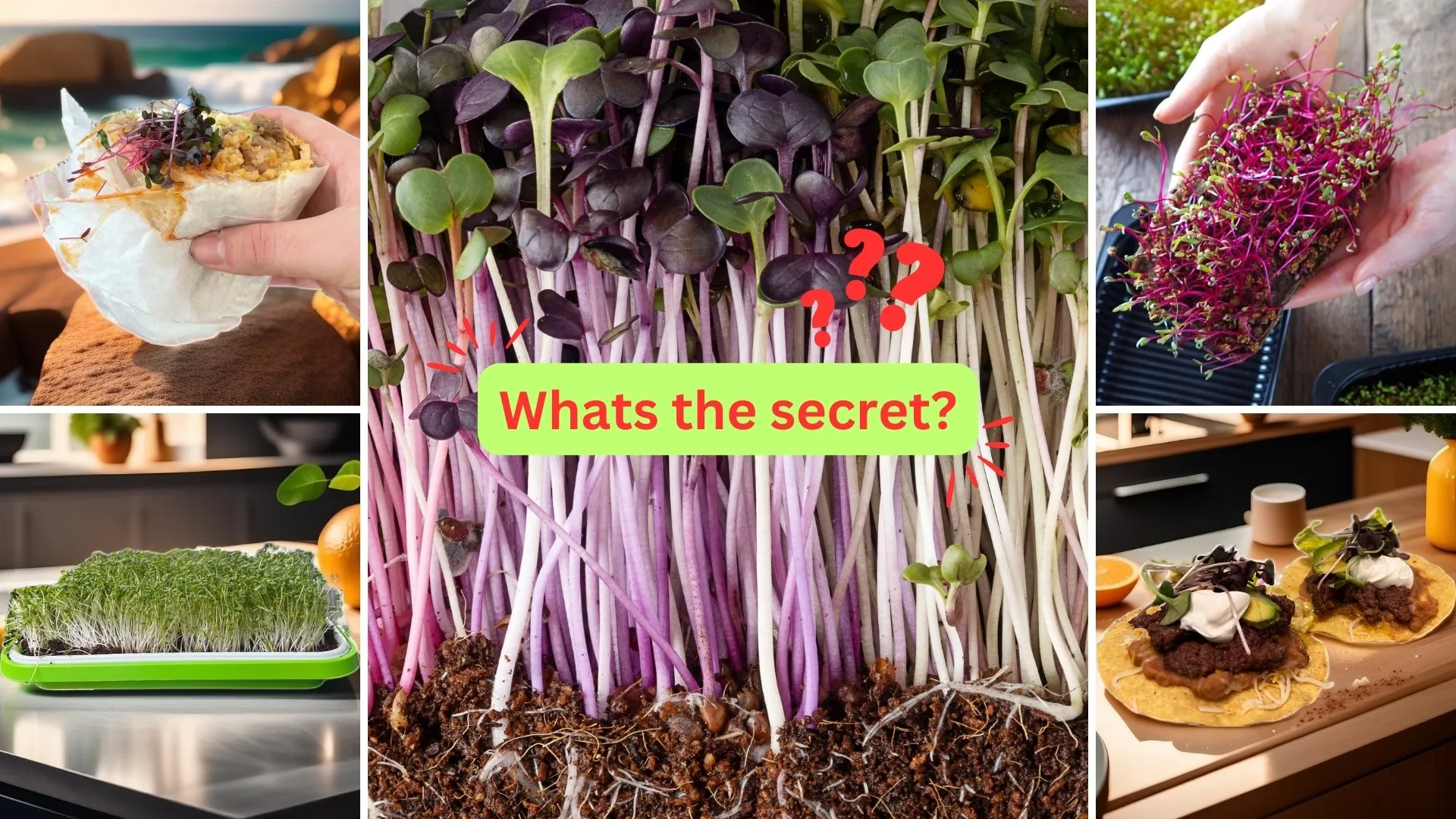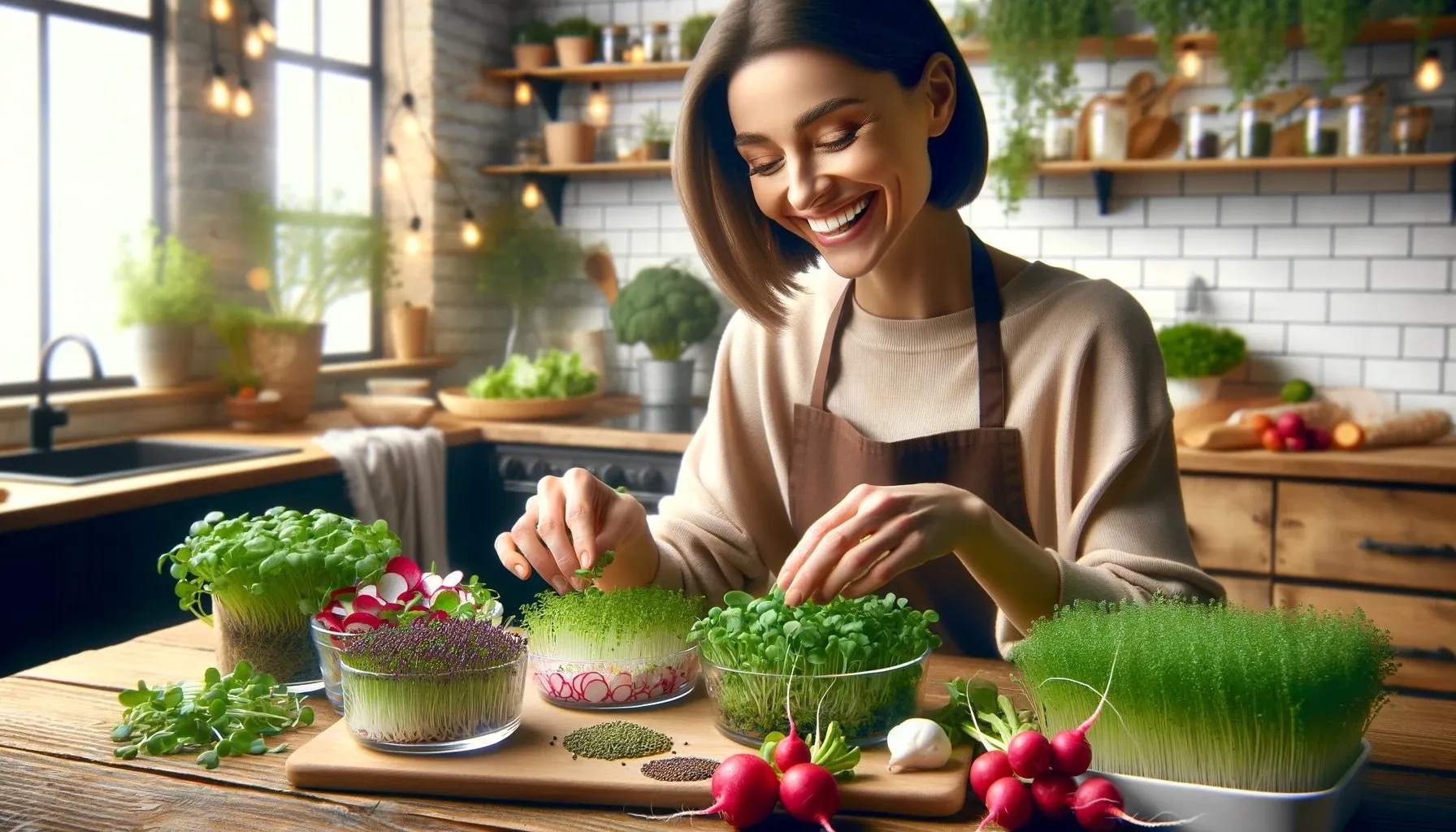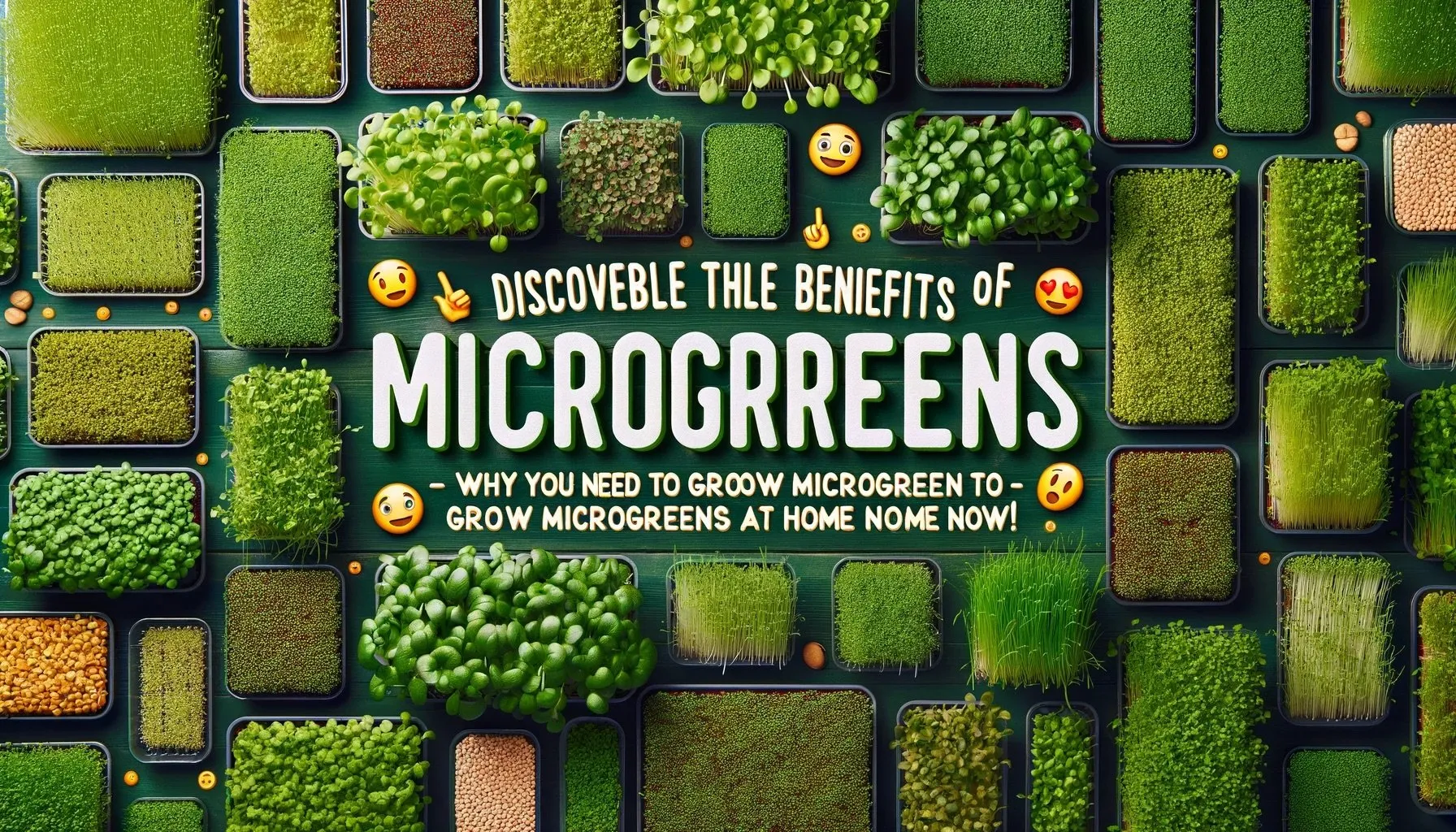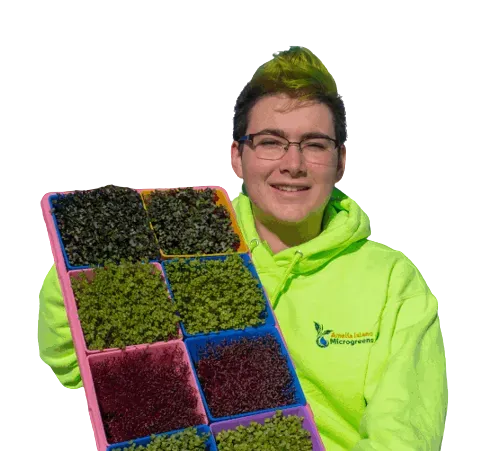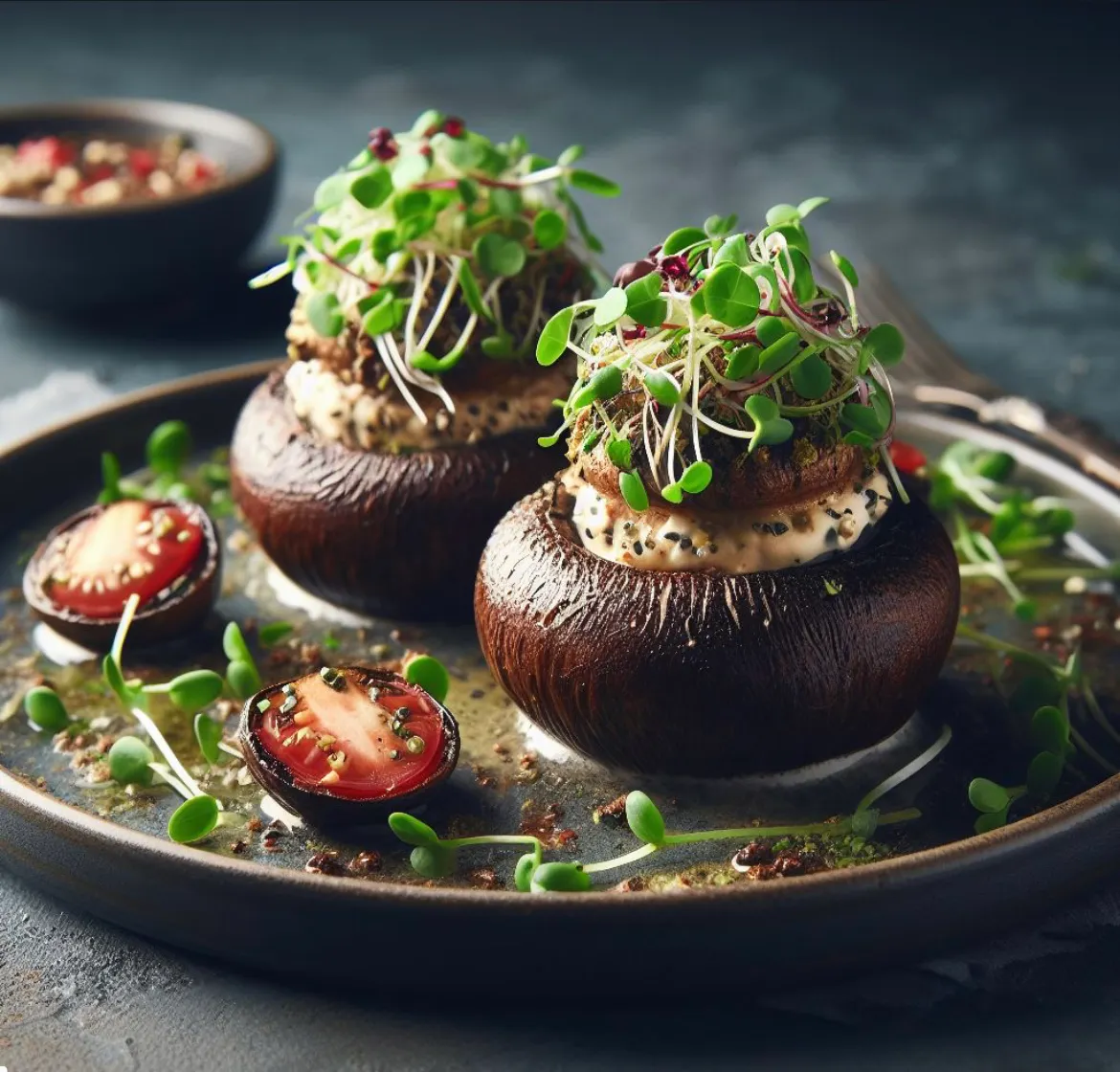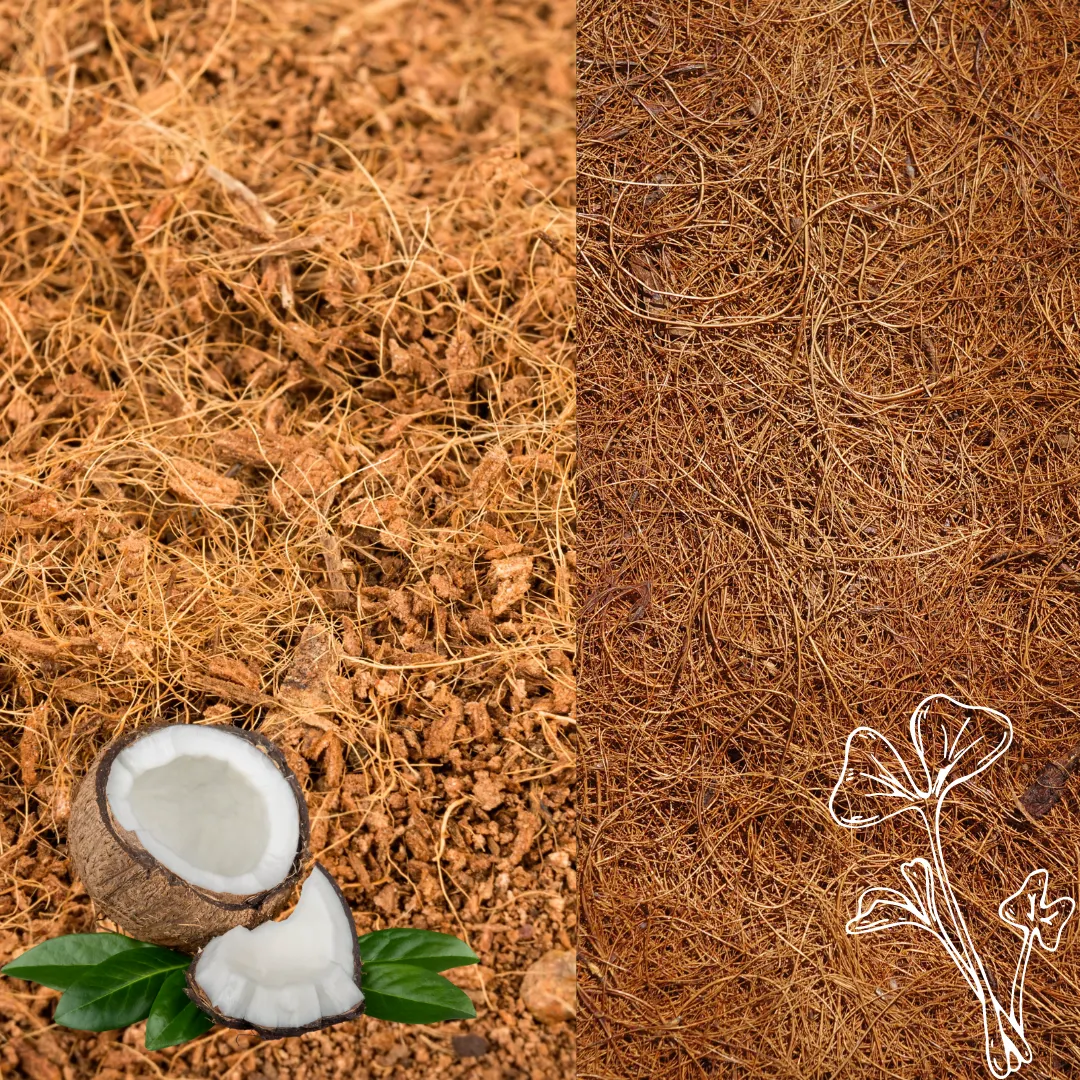How to Avoid Beginner Pitfalls and Grow Like a Pro: Mastering the Hardest Microgreens
Are you struggling to grow microgreens at home? You’re not alone. Many people dive into the world of microgreens with excitement but quickly find themselves stuck. Whether it’s seeds that won’t sprout, mold taking over, or slow growth that tests your patience, microgreens can be tricky. But here’s the good news—success is absolutely possible! I’ve spoken with hundreds of people, from absolute beginners to seasoned pros, and there’s one thing they all agree on: seed choice and knowing your plant’s needs can make or break your experience.
In this post, we’ll dive into the hardest microgreens to grow, why they pose challenges, and—most importantly—how you can master them. If you’re new to growing, I’ll also share which varieties you should avoid for now, but don’t worry, we’ll get to those when you’re ready. Stick around until the end for a secret tip that will make all the difference in your microgreens journey!
To see exactly what I’m talking about and get detailed tips, watch the video below. Don’t miss out on this chance to learn the best techniques for mastering these tricky varieties.
The Top 3 Hardest Microgreens to Grow (and How to Master Them)
Let’s get into the microgreens that challenge even the best growers. These varieties are fun but require patience and a few special tricks.
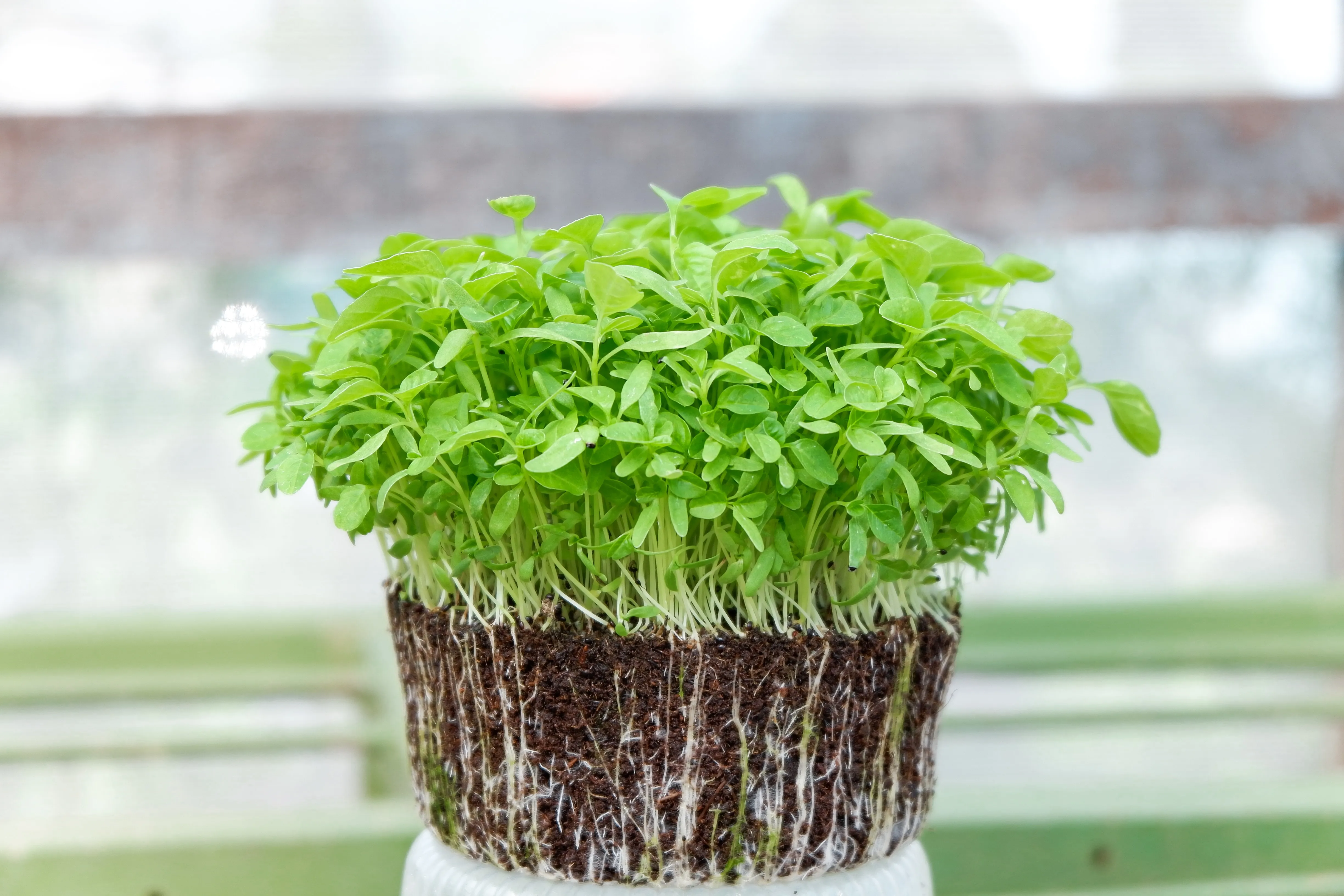
1. Herb Microgreens – The Unexpected Challenge
Ironically, herbs, which are easy to grow as mature plants, are quite tough as microgreens. They take nearly twice as long to grow as more common varieties like broccoli or collards—herbs can take up to two weeks, making them less ideal for anyone looking for quick results. Some varieties, like basil, develop a gelatinous coating when watered, which can be confusing and off-putting if you're not expecting it. Others, like cilantro, have seeds that are trickier to handle, making even seed spreading more difficult.
Pro Tip: Research each herb variety before planting, as each has its quirks. If you're determined to grow herbs, start with an easy one or get ready for a slow-growing journey.

2. Sunflower Microgreens – Success or Frustration
Sunflower microgreens are the ultimate love-hate crop. Sometimes they grow perfectly, and other times they just… don’t. The key to success is high-quality, pathogen-tested seeds and the right soaking technique. Over-soaking can lead to mold, and under-soaking can result in failed germination. Oh, and did I mention the mold? Sunflower seeds are particularly susceptible to mold, so ventilation and anti-mold strategies are a must.
Pro Tip: Add a few drops of food-grade hydrogen peroxide to your soaking water or sprinkle cinnamon into your soil mix to fend off mold naturally. Ensure your grow area is well-ventilated with a fan to further prevent mold growth.
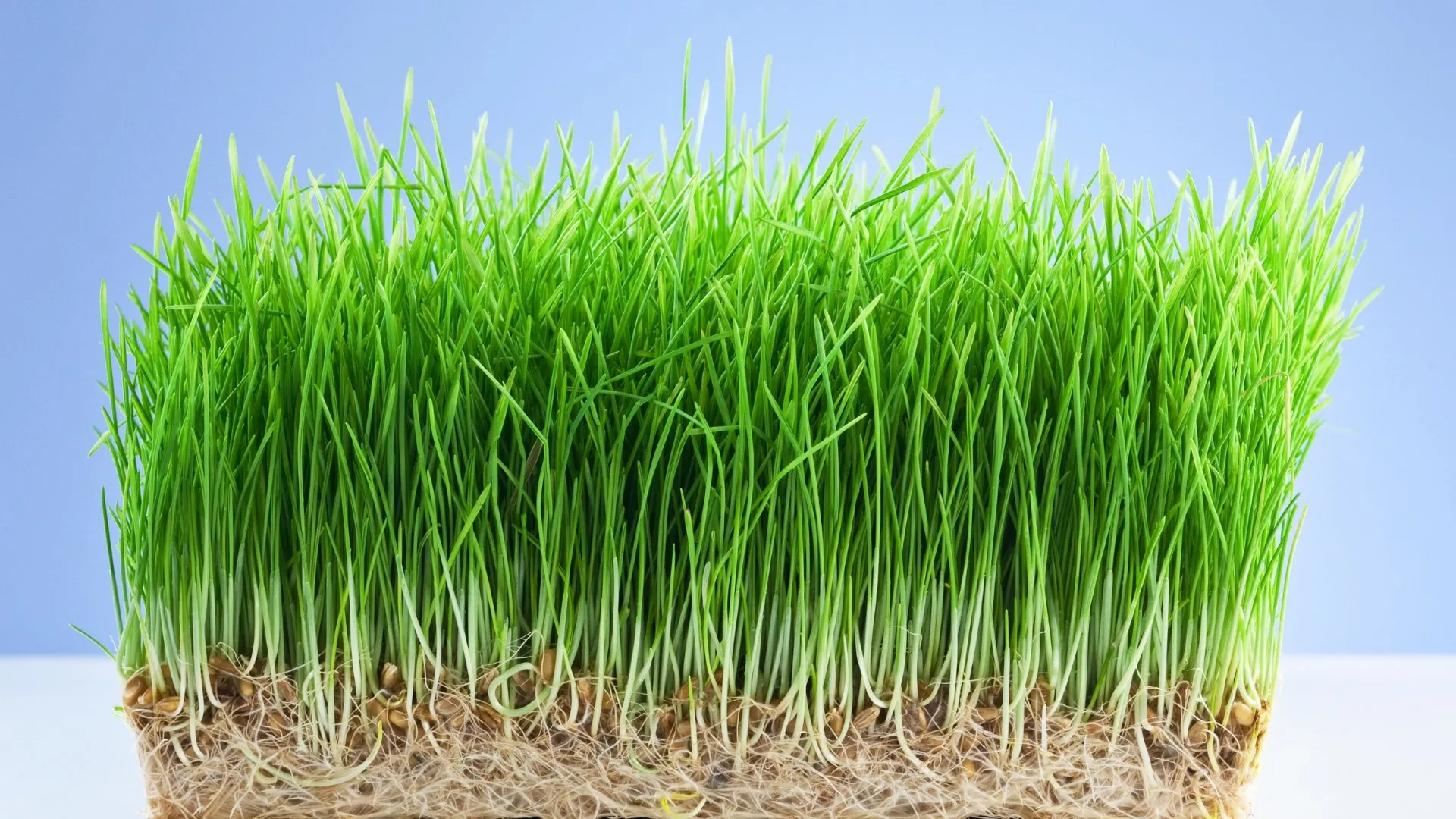
(This is what your corn microgreens will look like if you don't grow them properly, watch out!)
3. Corn Microgreens – Popcorn in the Making!
Corn microgreens are one of the more unusual crops due to their light-sensitive growth. You’ll have to grow them entirely in the dark, or else they’ll taste more like grass than corn! Maintaining the right environment under a dark dome, along with proper ventilation, is key to growing corn microgreens successfully. Without enough air, mold becomes a big issue, but with the right setup, these microgreens offer a sweet and unique flavor!
Pro Tip: Always ensure that your corn microgreens are kept in complete darkness for the best flavor. If they see any light, the taste will drastically change!

Feeling inspired to tackle these microgreens? You don’t have to do it alone! Join our free 10-part series on microgreen growing, where I’ll walk you through everything from choosing seeds to troubleshooting your crops. Head over to AmeliaIslandMicrogreens.com/101 and become a confident microgreen grower today!
Growing microgreens is a rewarding journey, but starting with the right varieties and knowing what to avoid can make all the difference. By mastering the toughest microgreens like herbs, sunflower, and corn, you’ll not only level up your growing skills but also enjoy some truly unique and flavorful crops. Start growing your own microgreens today! Click here to have your very own microgreen kit delivered straight to your door, making your growing experience easier and more enjoyable!
Now that you’ve got some insight into these hard-to-grow varieties, what challenges have you faced with your microgreens? Whether it's mold, slow growth, or germination issues, I’d love to hear about your experience. Share your thoughts in the comments below—you might just help someone else on their journey!
And don’t forget, for even more tips and techniques, make sure to subscribe and hit the notification bell for the next video in the series, where I’ll teach you how to ensure your microgreens germinate perfectly every time.

